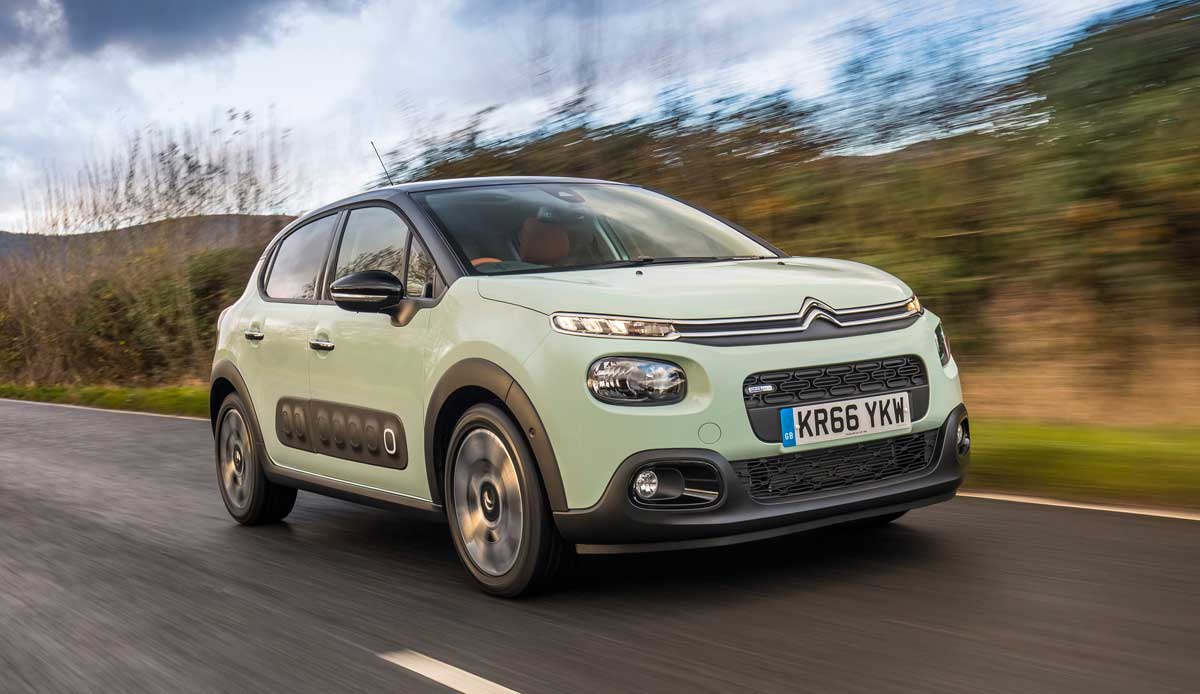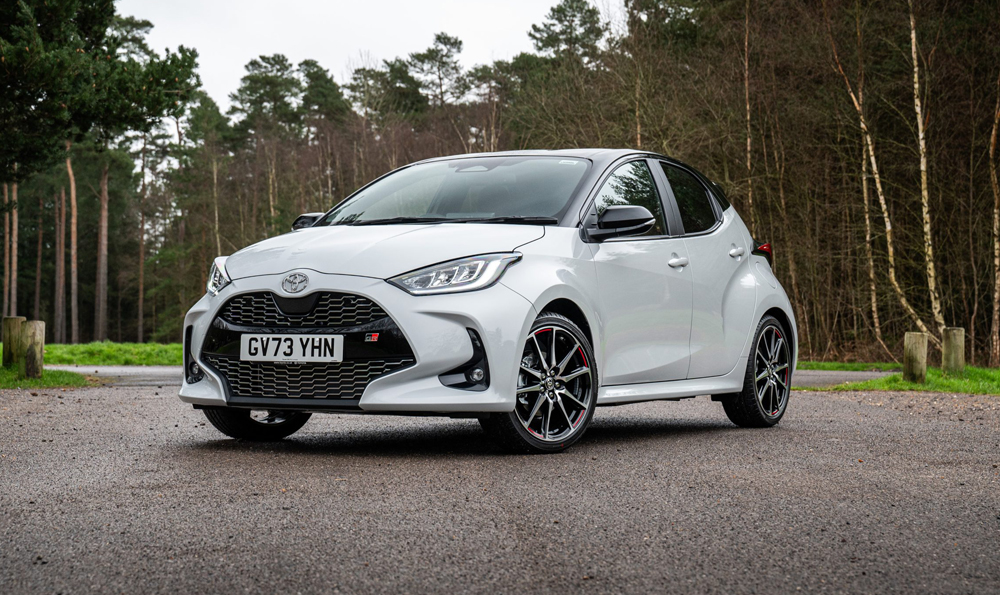Toyota
Yaris
The Toyota Yaris is a five-door hatchback that is available in many trim levels and also in rally-led Gazoo Racing guise for thrill seekers. The latest upgraded car looks dynamic, drives beautifully, features efficient yet punchy hybrid engines and is a world leader when it comes to safety.
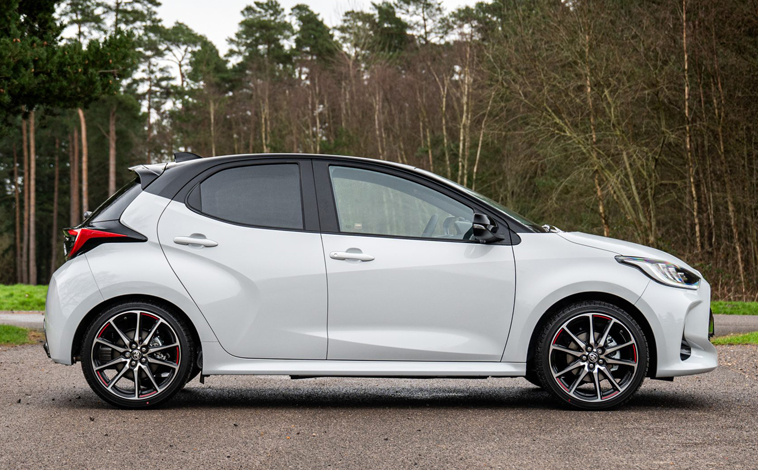
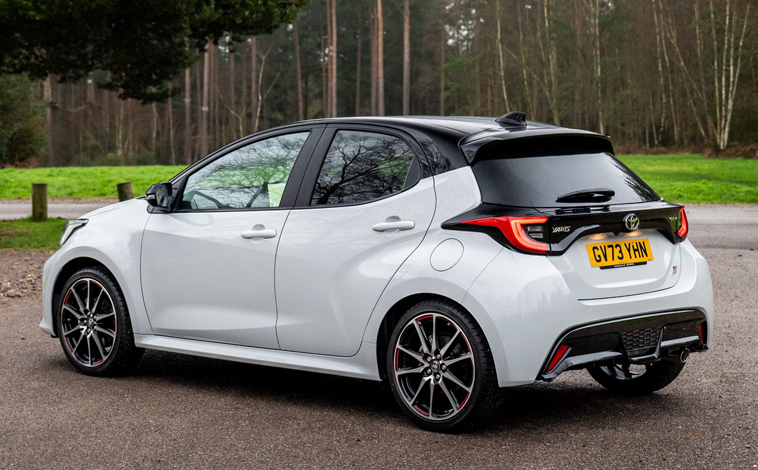
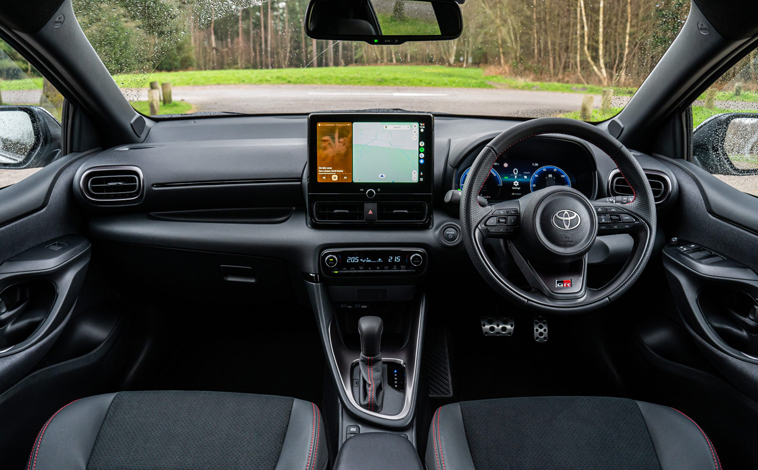
The good
Great styling and outstanding economyThe bad
Lots of competition out thereTech Specs
Test Drive
Toyota Yaris – First Drive (2024)
The Yaris is one of the most successful cars in Toyota’s history with global sales in excess of 10 million and its fourth-generation model has just been given a refresh for 2024.
Upgrades to safety with enhanced driver assistance aids, on-board technology, along with the launch of a new Premiere Edition trim, are just a few of the areas that have been targeted. But the really big news is the arrival of a new 129bhp version of the three-cylinder 1.5-litre hybrid electric system, increased from 114bhp.
Prices for the five-door hatchback start from £22,630 and customers can select from a wide range of grades called Icon, Design, Excel, GR Sport and the new Premiere Edition, which is available with bi-tone paintwork to help it stand out in any crowd.
The three entry-level models feature the 1.5-litre 114bhp hybrid petrol powertrain, while both the top two grades get the added oomph of the new 129bhp unit. And it was the GR Sport, with the extra power, that we chose to test out.
Costing £28,805, the Yaris GR Sport is certainly an attention grabber with its sporty good looks all neatly bundled up in a compact city car. Eye-catching features include a GR Sport grille mesh, sweeping light clusters with daytime running lights, a rear spoiler, privacy glass, a rear diffuser and 18-inch machined GR Sport alloys wheels. Our car also boasted Platinum White Pearl and Black bi-tone paintwork that looked simply fabulous.
Moving inside, the cabin is compact but well designed with plenty of on-board technology to explore. The main focal point and nerve centre of the Yaris is a new, faster 10.5-inch multimedia screen and this is the access point to the many functions, including the Toyota Smart Connect+ set-up with navigation. There is a six-speaker sound system, DAB radio, Bluetooth, reversing camera, plus USB ports.
Wireless Apple CarPlay and Android Auto smartphone connection, along with over-the-air software updates, help make ownership that much easier, while the voice recognition system is activated by saying the magic “Hey Toyota” wake-up call and this can assist with a number of tasks, such as adjusting the climate or audio settings.
Behind the steering wheel is an upgraded 12.3-inch digital driver display that can easily be customised according to preferences.
Comfort levels are good with the sports seats offering plenty of support and these look upmarket with their synthetic suede upholstery and GR Sport badging. Sports pedals, perforated leather steering wheel trim and lots of red stitching add to the car’s sporty appeal.
When it comes to performance, the engine gains its extra might thanks to a more powerful electric motor delivering extra torque. And that has resulted in an improvement to acceleration times with the 0-62mph sprint completed in 9.2 seconds (0.5 seconds faster) and a top speed of 109mph. According to official WLTP figures, the test car could deliver a combined 67.2mpg with carbon emissions of 96g/km.
It’s a fact that e-CVT transmissions can get rather vocal particularly under heavy acceleration and that was always true of the Yaris. But this latest car is certainly more refined even when pushed on.
It sweeps through twisting country lanes without a care in the world and the road-holding is ultra-grippy. It can cruise with ease at 70mph on motorways and is agile and easy to manoeuvre in busier town centres. Thanks to its size, stretching just 3.9 metres in length, parking is a simple task too.
There are drive modes called Eco, Normal and Power to alter the driving dynamics, plus an EV-only option. In addition, select the B setting for stronger regenerative braking pressure whereby extra energy is recouped when slowing down.
The steering is well weighted and the highly effective suspension system smooths out all but the harshest bumps and dips along the way. And, apart from some tyre rumble and wind noise at higher speeds, the cabin is nicely refined too.
Rear passenger space is on a par with any other vehicle in the B-segment meaning it is ideal for youngsters, or adults on shorter runs. The boot can swallow 286 litres of luggage, increasing to 947 litres with the 60:40 split-folding rear seats dropped, which again is similar to competitor models.
Throughout the cabin is a glovebox with a tray above it, door bins, front cup holders and a single seat back pocket.
Safety systems are comprehensive on the latest vehicle with an improved radar system that can scan a wider field detecting pedestrians, cyclists and, for the first time, motorcycles. There is acceleration suppression, steering assist, safe exit assist, adaptive cruise control, lane departure alert and plenty more besides.
All in all, the Toyota Yaris seems to go from strength to strength and certainly improves with age. It’s clear to see just why it’s such a popular choice and it also comes with a service-activated warranty package of up to 10 years or 100,000 miles.
Test Drive
Toyota Yaris GR Sport (2023)
There’s no denying the success story that is the Toyota Yaris – it’s been a firm favourite in the compact hatch market for years now and there are some epic models out there just waiting to be discovered.
At the top end of the scale, and setting you back in excess of £30k, are the GR Yaris models which are based on the rally-led Gazoo Racing side of the company.
At the other end, we have the more traditional models with a far more realistic starting price of £22,125. These are sold in trims called Icon, Design, GR Sport (not to be confused with GR Yaris) and Excel.
We opted for the sportier of the conventional models – the Yaris GR Sport – costing £25,085 with optional specialist paint adding a further £615 to the price.
This five-door hatch is certainly an attention seeker with its GR Sport grille mesh, a rear diffuser, GR Sport badging and 18-inch machined GR Sport alloy wheels helping it stand out from the more sedately styled Yaris models.
In addition, there are daytime running lights, LED front and rear lights, body-coloured mirrors with integrated indicators, plus a shark fin antenna.
Moving inside, the interior also has a more dynamic theme running through it with sports seats created from upmarket fabric upholstery and finished with neat red stitching. The gear lever and steering wheel are both leather wrapped and these also have red stitching. And there are metal pedals, a soft-touch instrument panel and plenty of GR badging.
The main access point for the on-board technology is an eight-inch infotainment screen and it’s here that you can hook up a smartphone via Apple CarPlay and Android Auto or access the DAB radio, six-speaker audio system and Bluetooth.
There is no sat nav on the Yaris GR Sport and it’s not available as an option either as is the case with the Icon and Design models. It comes as standard fit on the Yaris Excel if that’s a priority, but these days most people simply connect their own phone for any navigational needs.
Powering the car is Toyota’s latest fourth-generation hybrid system featuring a punchy 1.5-litre, three-cylinder petrol engine delivering 90bhp and 120Nm of torque with a total hybrid output of 114bhp. It can power the Yaris to 62mph from a standing start in 9.7 seconds and onto a top speed of 109mph, while delivering 64.2mpg and carbon emissions of 99g/km under WLTP testing.
The acceleration through the e-CVT box is nice and smooth provided you don’t slam your right foot on the throttle in which case it all gets a tad raucous in response. But, if driven with a degree of respect, the transmission offers pacy acceleration with plenty of power on tap to overtake slower vehicles.
The Yaris boasts a low centre of gravity which results in balanced and confident performance on more challenging country lanes and it’s also a car that will cruise on motorways, although you get a fair amount of tyre noise from those extra-large GR Sport wheels.
There are drive modes called ECO and PWR that alter the driving mannerisms and efficiency of the vehicle, as well as an EV mode to maximise electric-only driving.
In busy town centres with cars, cyclists and pedestrians darting out from all angles, the all-round visibility is a real bonus, helping the Yaris GR Sport weave through the traffic without a care in the world. And its compact dimensions stretching just shy of four metres in length, along with a reversing camera, make light work of squeezing into tighter parking spaces.
The car does feature sports-tuned suspension, so expect to feel the full force if you hit an unexpected pothole, but that aside, the ride is nicely refined.
Being a compact hatchback, you would expect the rear space to be cramped for any passengers. But the Yaris can easily accommodate a couple of youngsters in the back, especially if the front seats are not pushed right back.
The boot can swallow 286 litres of luggage – it’s worth noting for anyone tempted to upgrade to the sportier GR Yaris that the boot capacity on those models drops to 174 litres.
There are also a number of handy storage options scattered throughout the car, including a glovebox, small cubby under the armrest, cup holders, a single seat back pocket and door bins.
When it comes to safety, the Yaris is packed with a comprehensive list of systems to help protect occupants and other road users. And these helped the car secure a maximum five-stars when tested for its Euro NCAP rating.
These include a pre-collision system, lane trace assist, road sign assist, automatic high beam, a full suite of airbags, intelligent adaptive cruise control, Isofix child seat fixtures to the outer rear seats and plenty more besides.
When you also factor in Toyota’s outstanding warranty package that can be extended to 10 years or 100,000 miles free-of-charge provided vehicles are serviced at a Toyota-approved workshop, it is little wonder that the Yaris has proved so popular amongst drivers young and old.
It’s such an easy car to drive making it ideal for anyone who has just passed their test, it’s perfect for fizzing around the city and beyond, and will effortlessly fit into so many people’s day-to-day lifestyles just perfectly.
Test Drive
Toyota Yaris 1.5 Hybrid Dynamic (2021)
Those engineers at Toyota have every right to feel rather smug right now because they have been so far ahead of the game when it comes to hybrid technology and now the ever-popular Yaris has raised that bar even further for the chasing pack.
The all-new fourth generation model of this hugely-popular supermini is the first Toyota to be built on the company’s small car GA-B platform and it is powered by a dynamic new punchy three-cylinder, 1.5-litre petrol hybrid engine.
In addition, new Yaris has been engineered to be the world’s safest compact car with a wealth of driver assist systems fitted as standard across the line-up, so it would seem Toyota has plenty to shout about.
Buyers can select from trim levels called Icon, Design, Dynamic and Excel with a high-specification Launch Edition model available for a limited time.
Our test car, in Dynamic trim, cost £21,920 although the metallic paint added a further £585 to the cost. The 114bhp petrol hybrid powertrain is mated to an electric CVT transmission and the car can sprint to 62mph from a standing start in 9.7 seconds, topping out at 109mph. According to official figures, under WLTP testing, the Yaris can deliver a combined 65.6mpg with carbon emissions of 98g/km.
The five-door Yaris looks much sharper and dynamic in its styling – it is slightly lower and shorter, but is wider and boasts a longer wheelbase, which results in extra cabin space.
Eye-catching design cues include a larger grille housing the Toyota emblem, a longer bonnet, new light clusters with LED front and rear lights, 17-inch alloys, a rear spoiler, privacy glass, along with A pillars that have been repositioned slightly further back to give the car a sportier appearance.
Move inside and the Yaris is clutter-free and minimalist in its layout but is generously equipped with kit. It has an upmarket feel with soft-touch padding to the dashboard, felt inserts in the doors, a wider front console, lowered hood for the instrument binnacle and a smaller, sportier steering wheel.
On-board technology is plentiful too and includes the Toyota Touch 2 multimedia system with an eight-inch touchscreen that sits atop the dashboard, smartphone integration via Apple CarPlay and Android Auto, an eight-speaker JBL sound system, Bluetooth, DAB radio, dual zone air conditioning and lots more besides.
The new dimensions of the car result in a lower centre of gravity which makes the Yaris much more planted out on the open road and even more fun to drive than its predecessor.
There are Eco or Power modes that alter the manner in which the car reacts with the Power option proving superior when firing through the twisting country lanes.
Long gone are the days when a CVT transmission would shriek in protest at the slightest threat of throttle pressure. The unit on the latest Yaris proved really smooth and delivered better acceleration at lower speeds compared to the outgoing model. This makes pulling away from roundabouts or from an idling position much easier.
The car cruises effortlessly on motorways and is beautifully agile in busier town centre settings, with a good turning lock and excellent all-round visibility proving beneficial when weaving through the crowds.
It features an improved suspension set-up to iron out the road surface creases, and the upgraded insulation system keeps engine, road surface and wind noise levels to a minimum.
The car can also be driven further and at higher speeds in EV-only mode and the latest hybrid technology delivers better fuel economy along with lower emissions.
Comfort levels are excellent up front and there is enough room in the back for two or three passengers although leg space is limited, as is the norm in the supermini sector.
When it comes to storage, the boot can swallow 286 litres of kit – a limit that increases to 947 litres with the 60:40 split-folding rear seats dropped flat. Elsewhere there is a glovebox, door pockets, front cup holders, rear cup holders in the doors, a pocket in the back of the front passenger’s seat and practical trays below the touchscreen and above the glovebox.
Safety is another strong area where the latest Yaris excels with the likes of a pre-collision system with pedestrian and cyclist detection, intersection turn assist, emergency steering assist, road sign recognition, automatic high beam, adaptive cruise control, rear-cross traffic alert, blind spot monitoring, lane departure alert with steering control and lane trace assist and lots more.
It is also the first Toyota to be equipped with centre airbags that deploy in the event of a side impact to help prevent the driver and front seat passenger colliding with each other.
The Toyota Yaris, which debuted back 1999, is the Japanese car maker’s best-selling model in the UK and with the introduction of the latest new-generation car, that’s one statistic that’s unlikely to change.
Test Drive
Toyota Yaris (2017) – first drive
The Yaris is Toyota’s best-selling model in Europe and accounts for 25 per cent of sales, but now the Japanese company has really upped the ante and invested £76 million to give the dynamic model a revamp and it looks more tempting than ever.
More than 900 new parts have been introduced, the diesel powertrain has been ditched, along with three-door options, but the upgrades see a new 1.5-litre petrol engine which offers excellent economy and fiery performance capabilities. In addition, new Yaris boasts a more dynamic design, improvements to the hybrid technology and a raft of safety features as standard.
The B-segment car costs from £12,495 for the entry level Active model, there are six trims to choose from with the range-topping Excel priced at £17,495.
Customers can select from a number of highly-efficient engines. There is a three-cylinder 1.0-litre 68bhp petrol unit or the new 1.5-litre 110bhp petrol version – this replaces the former 1.33-litre engine. In addition there is an ultra-popular 1.5-litre 98bhp hybrid option. Manual or automatic transmissions are also available.
The Toyota design team wanted to give the Yaris a more dynamic appearance and this has been achieved thanks to a new-look front and rear with a greater emphasis on horizontal lines to create a lower centre of gravity and wider stance.
The honeycomb grille is more eye-catching, there are fresh headlights complete with a new lighting signature. Then, at the rear there is a redesigned tailgate, bumper and light clusters. There are also striking new alloys plus some fresh colour trims called Nebula Blue and Tokyo Red which takes the total number of paintwork options to 10.
Step inside and you will be greeted by a bright, modern and clutter-free interior with lots of soft-touch materials along with improved upholstery. The instrumentation has been upgraded with clearer read-outs which can be adapted for driver preference. Other new additions include propeller-style air vents, smart blue instrument illumination and an easy-to-use multi-media screen where the likes of the sat nav and connectivity features can be explored.
There is a revised trim line-up too with buyers offered Active, then Icon grades. At this stage the options split in two directions with one way going to Excel via Icon Tech and the other half offering Design and range-topping Bi-tone. In the past, Bi-tone was offered as an option, but Toyota has introduced it as a trim level this time round and it’s certainly the eye-catching head-turner of the line-up.
Engineers have listened to customer feedback and as a result the hybrid models have been refined to offer a quieter and more comfortable ride. Noise levels when the powertrain is pushed hard has been reduced and the introduction of structures such as redesigned engine mounts, new front driveshafts, along with a new sub-silencer on the exhaust system have all played their part in refining the car.
Another area Toyota has examined closely is safety and as a result the company’s Safety Sense systems are now fitted as standard to all models. This package introduces pre-collision with autonomous emergency braking, automatic high beam assist, lane departure alert and, on higher spec models, road sign assist.
We tested a range of Yaris models on the flat roads around Amsterdam and they all lived up to high expectations.
First up was the 1.5-litre petrol model with six-speed manual gearbox in Bi-tone trim. This car was priced at £17,595 and could reach 62mph from a standing start in 11.0 seconds, topped out at 109mph, delivered combined fuel efficiency of 58.9mpg with carbon emissions of 109g/km (on 15-inch wheels).
This first thing to grab your attention is how very dapper the Bi-tone styling looks. It has a very market appearance with its contrasting roof and body colours. The stylish design is carried over into the cabin where the test car featured plenty of smart blue trim and stitching. It helps to give the Yaris a very premium feel.
There is a generous level of on-board technology to be explored and it is all reassuringly simple to use. The engine on the test model delivered all the power you could wish for with ample zip to overtake. The gear shifts proved responsive and the all-round visibility is excellent.
Next up was the 1.0-litre petrol model with five-speed manual transmission in Icon trim costing £14,495. This model could complete the 0-62mph dash in 15.3 seconds, maxed out at 96mph and had combined economy of 65.7mpg with emissions of 99g/km.
Despite the slightly slower performance stats, this car was great fun to drive and would be ideal for anyone who wants to whizz around town. Unfortunately, it’s not available in Bi-tone trim but it still boasts plenty of plus points.
Finally, it was the turn of the improved hybrid Yaris and with Toyota aiming to increase its hybrid mix considerably, this car is of paramount importance to the company. The model, once again in Bi-tone trim, was priced at £19,845 and could reach from 0-62mph in 11.8 seconds with a maximum speed of 103mph. Combined fuel economy is 85.6mpg with emissions of 75g/km (on 15-inch wheels).
The car features a CVT automatic transmission and although it wasn’t tested on any steep climbs, there was ample power and acceleration at all times. And the company’s improvements in refining the noise and vibration levels was noticeable too as even when pushed hard, the vehicle remained nicely composed.
Comfort levels are high and there is ample space for a couple of adults in the rear if the front seats aren’t pushed back too far. The boot has a storage capacity of 286 litres, which can be increased further with the split-folding rear seats dropped flat.
All in all, the latest Yaris is still the great car that has made it such a firm favourite across Europe – it has simply got even better. It is on sale in showrooms now and, as is the Toyota way, all vehicles come with a five year/100,000-mile warranty as standard.
Much to the delight of thrill seekers out there, the Yaris range will be extended later this year when a blisteringly quick high performance model is introduced. The Yaris GRMN is inspired and influenced by Toyota’s return to the World Rally Championship this year. It will be unique in the hot hatch segment and will be powered by a 1.8-litre 205bhp engine with the suspension, brakes, chassis and steering all performance tuned. It will be a car for the elite few but will crank up the Yaris’ street cred no end.
Test Drive
Toyota Yaris (2014)
With its sharp design, feature-rich equipment levels and excellent economy, the Toyota Yaris has been an instant hit since its launch back in 1999.
And the fact that global sales top the three million mark is testament to the fact that it’s a car we just can’t get enough of.
It’s now in its third generation and has just undergone a major mid-term revamp with lots of attention given to customer feedback. As a result it boasts a snappier and more dynamic design, a new richly-equipped trim line-up, the introduction of an ultra-efficient 1.0-litre three-cylinder powertrain (first seen earlier this year in the Toyota Aygo), improved ride and handling and better insulation to reduce road, engine and wind noise.
New 2014 Yaris is priced from £10,995 to £17,695, it is available in three or five door versions, with a choice of four richly-equipped trim levels – Active, Icon, a new Sport grade and finally the range-topping Excel.
There is a wide selection of powertrains too with 1.0-litre and 1.3-litre petrol engines, a 1.4-litre diesel option and the most economical of the line-up – a 1.5-litre petrol hybrid version.
One model that is sure to capture the attention of many Yaris fans and newcomers to the brand is the new 1.0-litre petrol engine because this three-cylinder powertrain is the first in a family of 14 ultra-efficient engines being introduced by Toyota in the coming year.
From the front end, the two trapezoidal grilles now merge at the point of the Toyota emblem to form a powerful cross shape, although it’s a lot more subtle than on the new Aygo.
In addition, there are new headlamp clusters and LED daytime running lights are an option on the Icon grade and standard on higher trim levels.
Approach the car from the rear and you will notice a newly-shaped bumper which helps to deliver a wider and more sporty stance and the lamp clusters feature a new LED graphic (again an option on Icon and standard on higher grades).
And it’s difficult not to be impressed with the vast array of improvements within the cabin too.
It is notably modern in its layout with plenty of modifications to the upper instrument panel, door panels, centre console and seat trims. Customer feedback suggested there was too much use of plastic within the cabin and that issue has been addressed with a marked improvement to the quality of materials introduced throughout the car.
In addition there are techno treats galore to be explored. Even the entry level Active model boasts a six-speaker sound system, seven airbags, power front windows and tyre pressure monitoring. Move up to Icon – which is expected to account for 62 per cent of sales – and you will see the introduction of 15-inch alloys, a Toyota Touch 2 multimedia system, rearview camera, air conditioning, projector headlights, electrically-adjusted and heated door mirrors, fog lamps, Bluetooth connectivity and leather trim.
Step up to the all-new Sport spec level and there will be 16-inch alloys, a rear spoiler, LED daytime running lights, DAB radio, plus the option of a free Piri Piri red pack to add a splash of colour to the cabin.
And the range-topping Excel introduces cruise control, rain-sensing wipers, dusk-sensing headlights and climate control.
There is a choice of 10 exterior colours plus a wide range of additional packs that can add features such as a panoramic roof, rear privacy glass, aluminium scuff plates and the Toyota Touch 2 with GO sat nav system.
I had the opportunity to test out several new Yaris models in and around Dusseldorf in Germany and it would seem there is a model to suit all tastes, budgets and requirements.
First up was the all-new 1.0-litre petrol model in Icon trim which is priced from £13,345. According to official figures, it can sprint from 0-62mph in 15.3 seconds and tops out at 96mph. It delivers combined fuel efficiency of 65.7mpg and carbon emissions of 99g/km.
Although the three-cylinder engine sounded a little raspy when pushed particularly hard, it was very capable and coped with any challenge put in its path. City centre traffic was a breeze but it also impressed on the faster autobahns too.
The five-speed manual transmission was smooth and responsive, although on more than one occasion I looked in vain for a sixth gear. That aside though, the ride was impressive even over rougher surfaces and the road-holding was excellent.
The bright and spacious interior is stylish in its layout with a clutter-free, feature-rich design and a special mention has to be made of the highly-efficient sat nav system which is a real must for city centre driving.
As promised, there is a noticeable improvement to the quality of materials introduced throughout the cabin especially the soft-touch dashboard and door panels.
When it comes to roominess, there is ample space for four adults to travel in comfort and the boot can hold 286 litres of luggage. The 60:40 split-folding seats mean the capacity can be increased to 768 litres if required.
Next up was the 1.5-litre petrol hybrid model in Icon trim with a fully automatic transmission. This car is priced from £16,195 and can reach 62mph from a standing start in 11.8 seconds before topping out at 103mph. It has combined fuel efficiency of 85.6mpg with carbon emissions of 75g/km.
With hybrid sales ever-increasing this could be the perfect pick of the Yaris family for anyone who enjoys the simple life. That’s because it’s an absolute pleasure to drive and certainly takes any strain out of the chore of day-to-day motoring.
There is a significant contrast between the, at times, rather noisy 1.0-litre model and the silence of driving in electric-only mode, but once again when pushed on the faster country lanes, the hybrid is up to the challenge with bundles of power on tap.
Finally, the 1.3 petrol model in Icon with six-speed manual transmission. Costing £14,095 and with a 0-62mph time of 11.7 seconds and top speed of 109mph, this car can deliver 57.6mpg on a combined run with carbon emissions of 114g/km.
This model possesses a sharper edge for more responsive driving. Again it handles beautifully and that sixth gear is a welcome bonus. It has the extra turn of pace compared to the 1.0-litre model, but as I mentioned earlier, it’s all a matter of taste and requirements.
Although, I missed out on driving the diesel version of the Yaris, it is only expected to gain about 10 per cent of annual sales.
All in all, Toyota has taken a highly respected and hugely popular model and brought it bang up to date with modern day demands be they technology, economy, fashion or performance.
Test Drive
Toyota Yaris Hybrid
Toyota’s Yaris has always been big on style and appeal and now there is a hybrid model to complete the comprehensive range.
The company has combined the agility of the Yaris hatchback with all the driving efficiency of Toyota Hybrid Synergy Drive and this latest model is being seen as the flagship for Toyota’s best-selling car in Europe.
Featuring exceptionally low carbon emissions along with excellent fuel efficiency, the Yaris Hybrid combines a 1.5-litre petrol engine with a compact electric motor and battery pack. These elements work in tandem to make the car so economical.
Buyers can choose from three models – all five-door and all with automatic transmissions. Toyota believes the mid-range T4 will be the most attractive to buyers and why not as it can produce 80.7mpg according to the company’s estimations and boasts emission figures as low as 79g/km, which makes it exempt from road tax and London’s congestion charges.
The Yaris Hybrid has a more aerodynamic styling thanks to an improved exterior design and with prices starting from as low as £14,995 Toyota is hoping to capture the attention of a younger audience as well as the army of Yaris fans already hooked on the car.
And when you add in Toyota’s impressive 5-year/100,000 miles warranty the Yaris Hybrid certainly seems to be an attractive option in the ever-growing B-segment.
Eye catching features include LED daytime running lights, the hybrid blue Toyota badging, a stronger front end and eight colours to choose from including a stunning pearlescent white model.
Once inside, there is plenty of top-notch technical wizardry to grab your attention.
The design is snazzy with quality materials and a smart two-tone ice-grey and black dashboard.
The entry level T3 model features dual zone air con, electric front windows, a six-speaker audio system, anti-lock brakes with electronic brakeforce distribution, traction control and seven airbags.
Splash out on the T4 and you can expect to see the introduction of 15-inch alloys, rear privacy glass, rear LED lamps, front fog lights, Bluetooth, a USB port, rear-view camera, body-coloured door mirrors and door handles, and leather steering wheel trim.
And finally, the T Spirit adds 16-inch alloys, rear electric windows, cruise control, smart start system, rain-sensing wipers, dusk-sensing headlights, auto-dimming rear-view mirror, a ventilated glove box, leather handbrake trim, part-leather upholstery, front footwell illumination and a rear spoiler.
The Yaris Hybrid is a good looking car and although it appears fairly compact from the outside, there is plenty of room for four adults to travel in comfort with ample leg, head and elbow space in the rear seats.
The boot can easily accommodate a couple of small cases or the weekly supermarket shopping and the capacity can be quickly and easily increased further thanks to 60:40 split-folding rear seats.
All-round visibility is good and you soon get used to the noticeable silence when you start the car and pull away.
All the readouts and controls are ideally positioned for driver usability and the blue needles on the speedo dials are another smart touch.
Acceleration proved nice and smooth and the car’s manoeuvrability was excellent – the rear-view camera makes anyone look like a total pro when parking in tight spaces.
Although our lengthy test drive was through the very flat Amsterdam region with no hills in sight, the Yaris Hybrid produces a joint output of 98bhp which should prove ample pulling power in more testing conditions.
There is a choice of different driving modes with an electric vehicle option.
According to Toyota, recent tests showed that zero emissions driving with the petrol engine completely switched off, accounts for 66% of the average commuter’s journey, so there is certainly money to be saved with this model.
All in all, the Yaris Hybrid is a great car. Admittedly, it’s not the cheapest in the segment, but the long-term savings easily outweigh the initial price tag.
Test Drive
Toyota Yaris 1.3 petrol (five-door)
When it was first introduced back in 1999 the Toyota Yaris was billed as the car that was compact on the outside, but spacious on the inside and now as the third generation model hits the showrooms it has a bolder, more dynamic look but thankfully still holds true to its original principals.
It’s longer and lower giving the car’s overall appearance a sharper more sporty look and that’s not all for the Yaris is now lighter, therefore making it more fuel efficient and better value all-round.
Aerodynamics has been a key factor to the design changes with a sharper theme which includes a protruding centre section in the bonnet housing a large air intake – this gives the car a ground-hugging appearance.
In addition, there are stronger lines and numerous under-body components that help airflow efficiency.
Smart alloys, a single front windscreen wiper, along with tinted windows and a massive sunroof on top-of-the-range models complete the exterior design changes.
But those techies at Toyota have given the cabin a whole new look with careful consideration to every feature.
Simple factors such as how the doors close have been examined and that function now takes less effort to operate and improved insulation makes for a quieter, more refined driving experience.
There are four trim levels to choose from – T2, TR, SR and T Spirit and there’s a choice of engines and three or five door versions too – all come with the company’s 5 year/100,000 mile warranty. Toyota believes the five-door, 1.3 petrol-driven, mid-range TR model will prove most popular and this is available with manual or automatic transmission.
The automatic is fitted with Toyota’s latest continuously variable transmission (CVT) Multidrive S. This offers the driver a choice of driving with the gears being selected automatically or manually via steering wheel mounted shift paddles. In and around town, with plenty of stop/start driving, the automatic mode was very effective, smooth and responsive and even on faster roads it was most impressive. Although I did find if I needed a little bit of rapid acceleration the paddle shift option was preferable.
All-round visibility was excellent and road-holding impressive – even in wetter conditions. Cabin noise was quiet and the suspension dealt adequately with the pothole-laden roads.
There is an Eco Driving indicator to highlight when you are driving responsibly and a gear shift reminder for when you’re not!
There’s ample room for back seat passengers who are now treated to extra knee space and the boot is also generously-sized.
With a top speed of 109mph, the automatic model can reach from 0-62mph in 12.3 seconds.
It boasts combined fuel economy of 55.4mpg and carbon emissions of 118g/km. The test model was priced at £14,680 which included £420 for metallic paint.
The list of quality features is extensive and includes air con, a radio/CD with six speakers, a rear-view camera, Bluetooth connectivity, a 6.1-inch colour touch screen and the option of Toyota’s Touch & Go system which allows the owner to personalise the vehicle with all their modern devices.
The six-speed manual model also handles extremely well – in fact, I preferred the instant acceleration as and when required and this model is cheaper than its automatic counterpart, priced at £13,930 which includes £670 optional extras.
Although fuel consumption is a little heavier (52.3mpg combined), I found the manual model was that little bit more responsive and sharper.
The T Spirit specification adds some more snazzy features and Toyota hopes this model will attract some younger buyers.
Safety specifications are extremely comprehensive with seven airbags as standard along with anti-lock brakes, electronic brakeforce distribution, brake assist, vehicle stability control, traction control and plenty more besides.
All in all, the new-look Yaris has held true to its roots, but now offers even better value, handling and looks.
Latest Related NEWS

Yaris celebrates 10 million global sales
The ever-popular, multi-award-winning Yaris nameplate has reached 10 million cumulative worldwide sales, performance [...]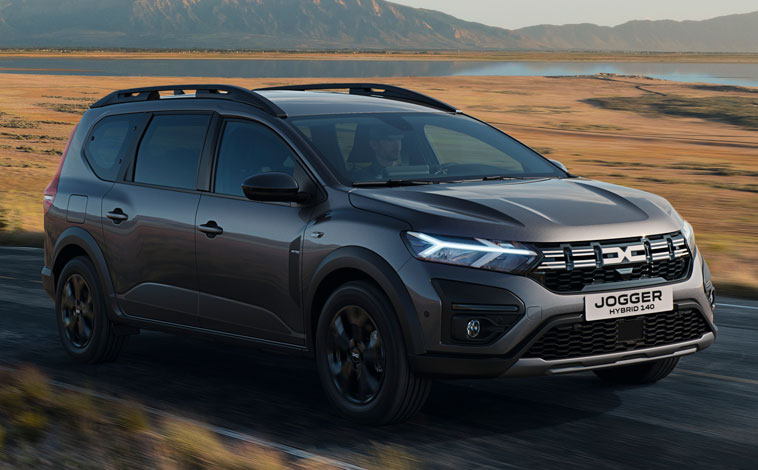
Dacia Jogger gains hybrid technology
Dacia has opened orders and confirmed full UK pricing and specifications for its [...]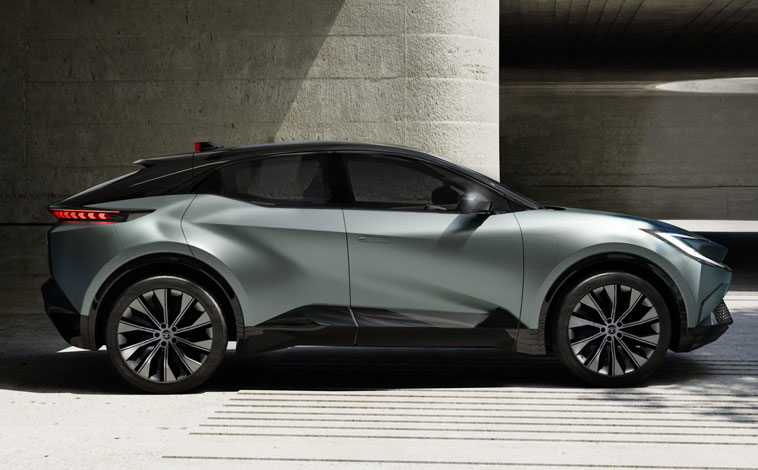
A look at Toyota’s electric concept SUV
The Toyota bZ Compact SUV Concept has made its European debut, giving a [...]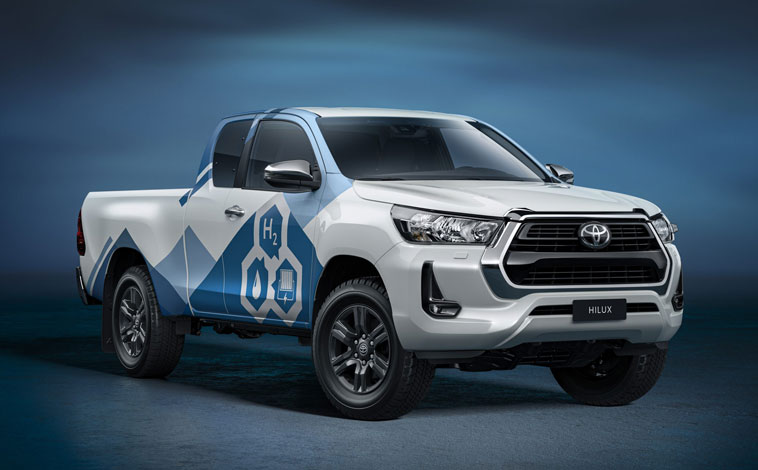
A hydrogen-powered Toyota pick-up
D2H Advanced Technologies is working as part of a consortium of leading British [...]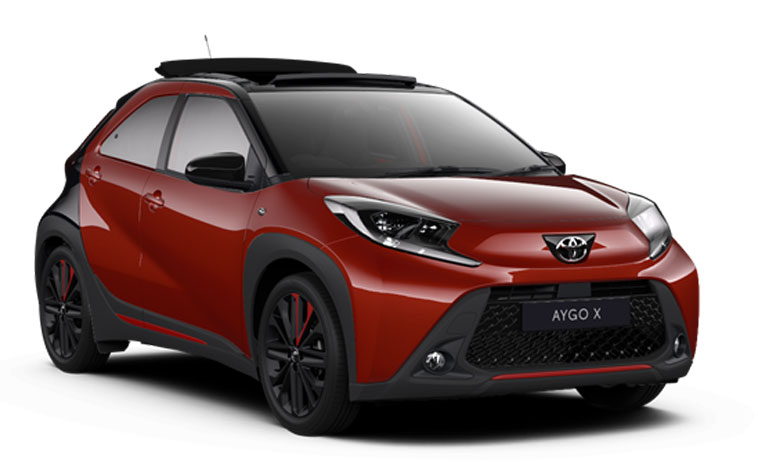
Open-top fun with new Aygo X model
Aygo X, Toyota’s muscular mini-SUV, opens up to the great outdoors with a [...]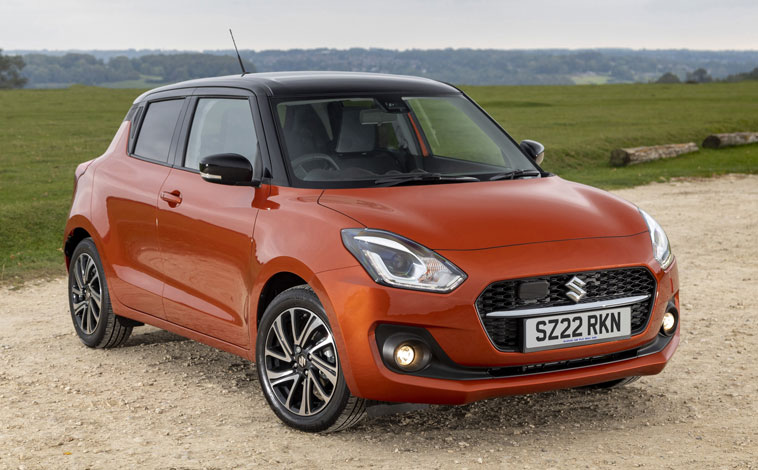
Suzuki makes life easy for customers
Suzuki is one of very few brands that offers hybrid technology as standard [...]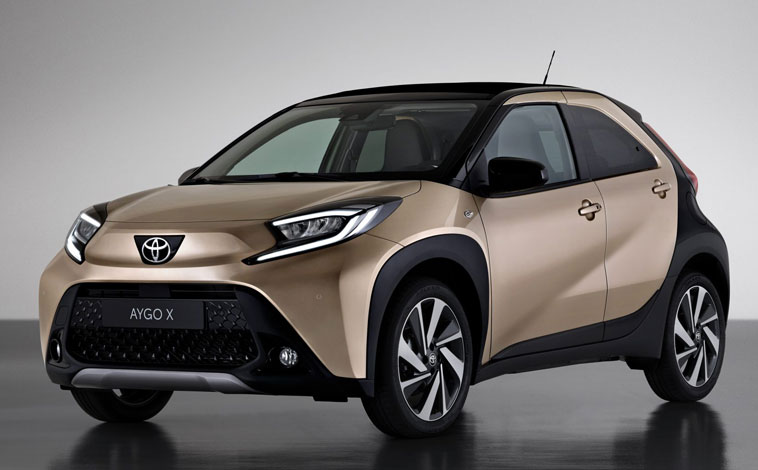
Introducing the striking Toyota Aygo X
Hot on the heels of its world premiere, the all-new Toyota Aygo X [...]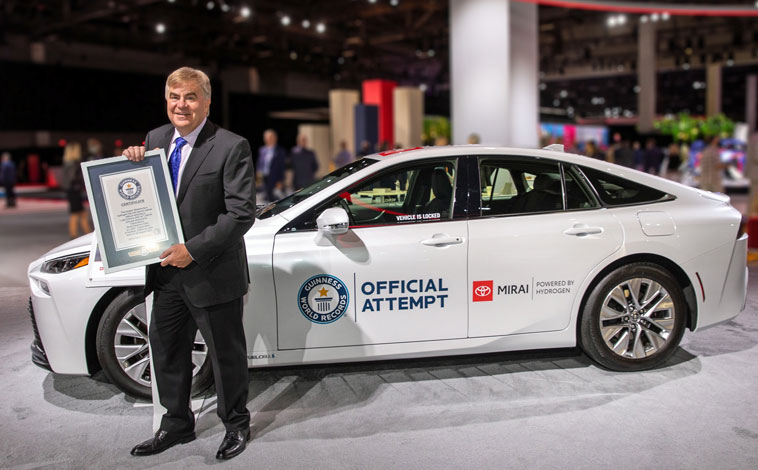
Toyota Mirai sets a new world record
The new Toyota Mirai has set an official Guinness World Records title for [...]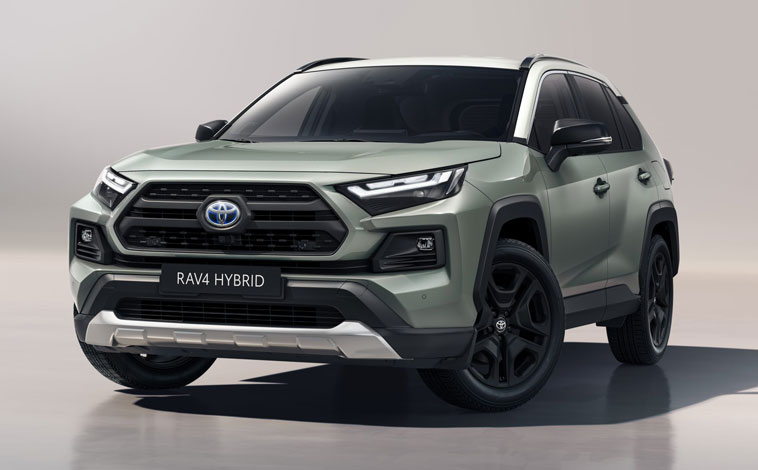
Toyota RAV4 goes on an Adventure
Toyota is widening the authentic SUV appeal of the RAV4 with the introduction [...]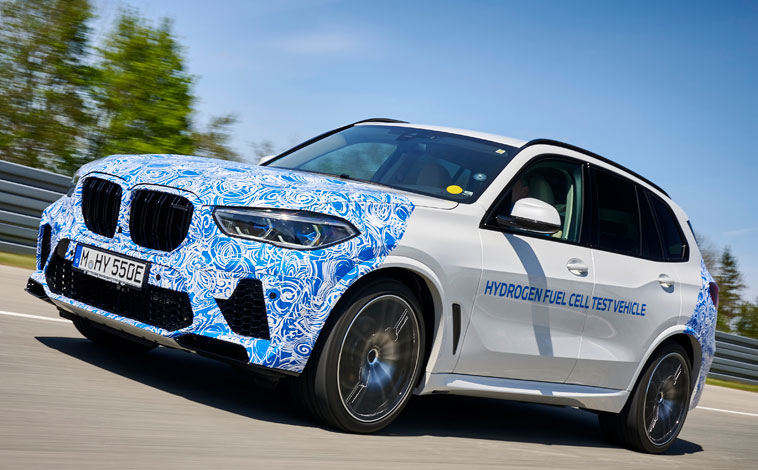
BMW begins hydrogen fuel cell testing
The BMW Group is beginning to test near-standard vehicles with a hydrogen fuel [...]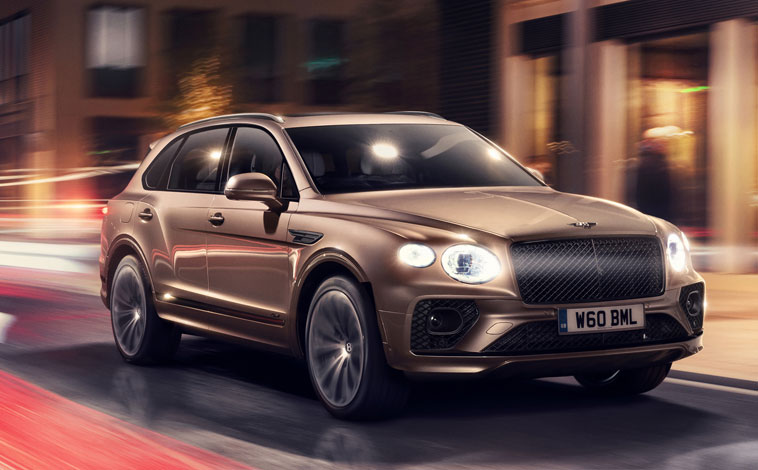
Bentley Bentayga Hybrid on sale in UK
The Bentley Bentayga Hybrid is available to order for customers in the UK [...]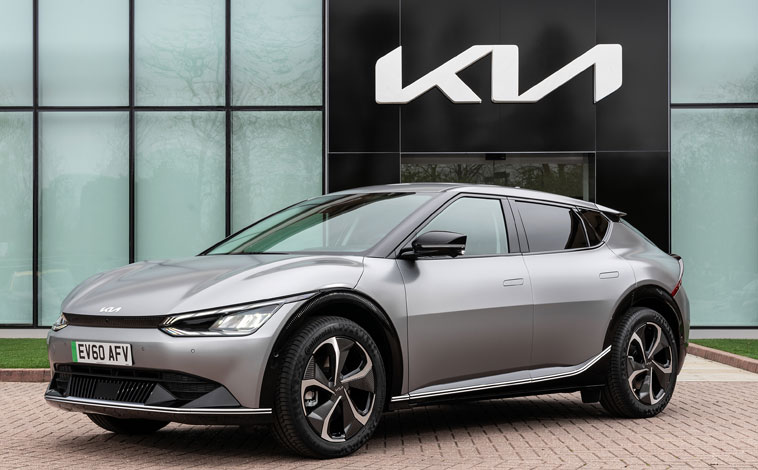
Prices announced for Kia’s EV6 line-up
Kia has revealed the costs and specifications for the EV6 model line-up ahead [...]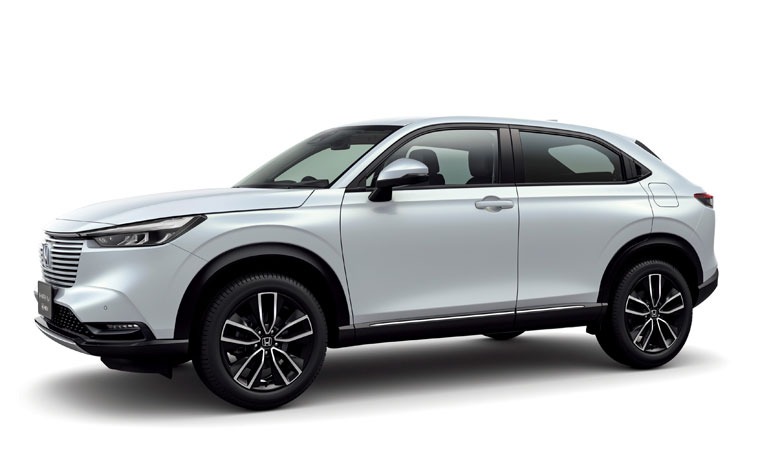
New Honda HR-V has hybrid efficiency
Honda has unveiled the latest generation of its popular HR-V compact SUV, available [...]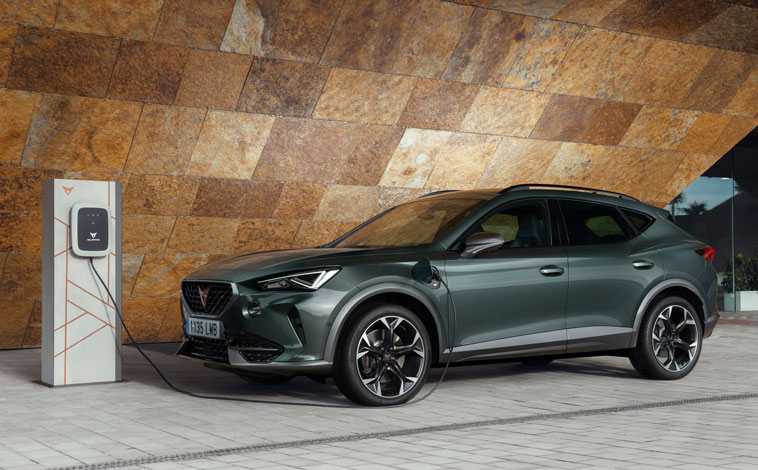
CUPRA electrifies its new flagship SUV
CUPRA is adding to its growing range of electrified performance vehicles by opening [...]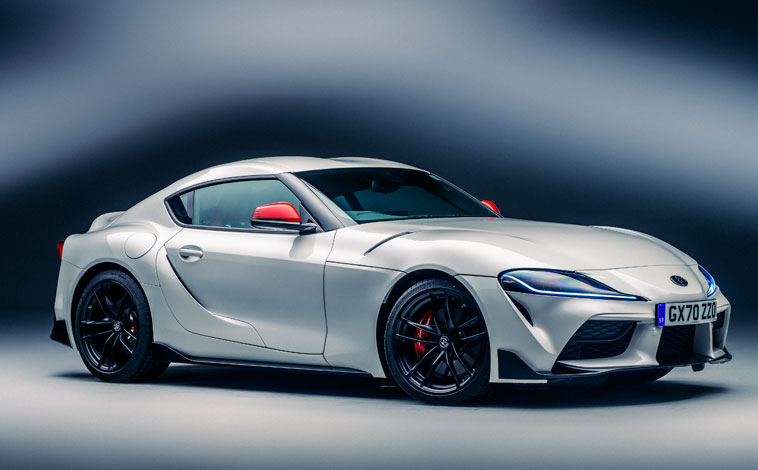
Toyota extends its Supra model line-up
Toyota’s GR Supra performance coupe line-up is growing with the introduction of a [...]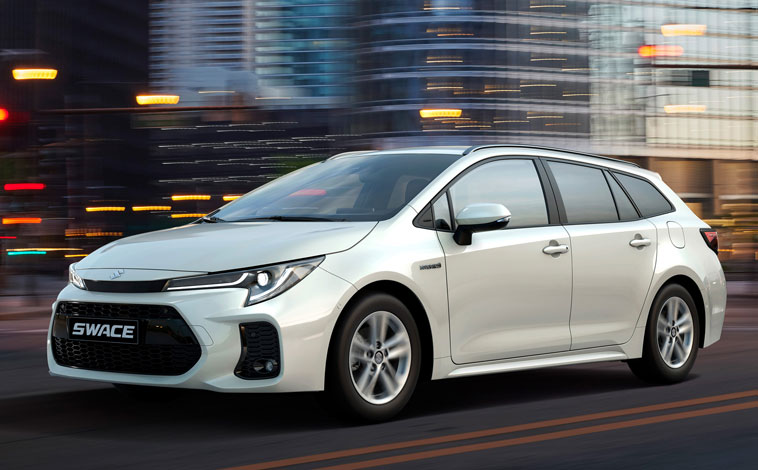
Suzuki unveils its first UK estate car
Suzuki has announced that its second new model in collaboration with Toyota is [...]Related Reviews
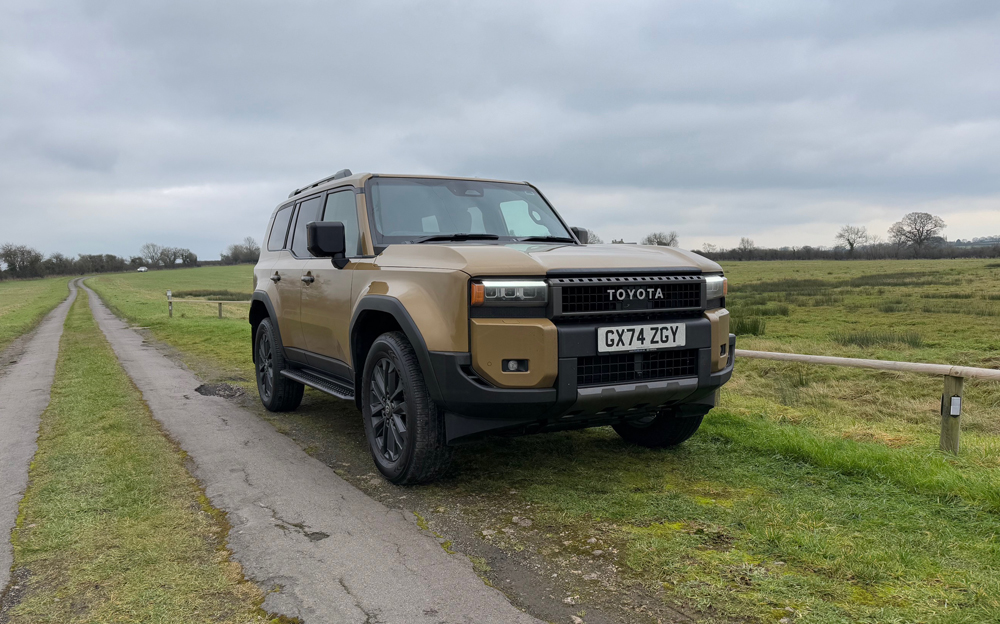
Toyota Land Cruiser
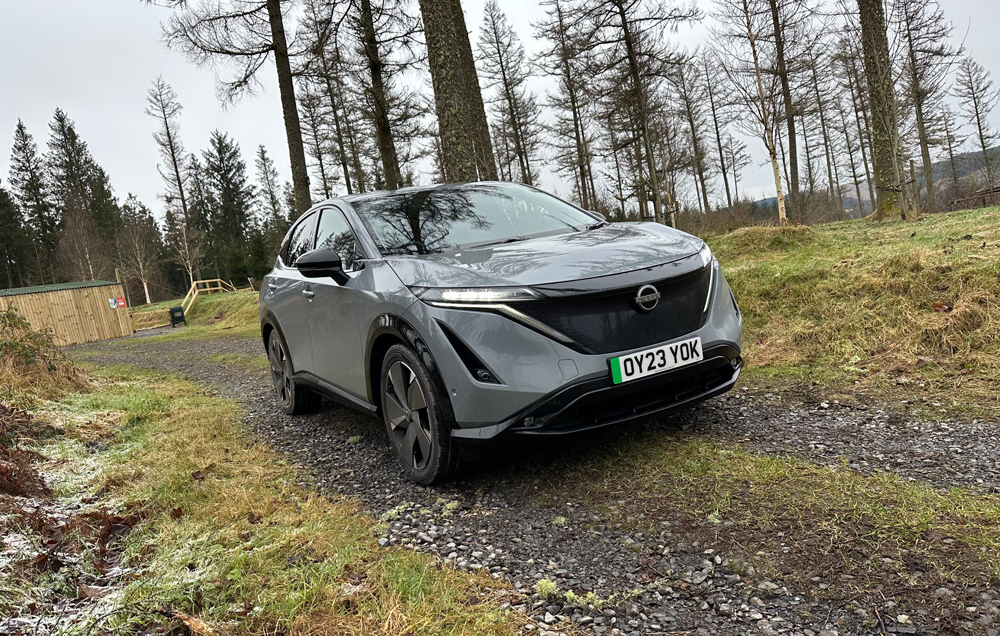
Nissan Ariya
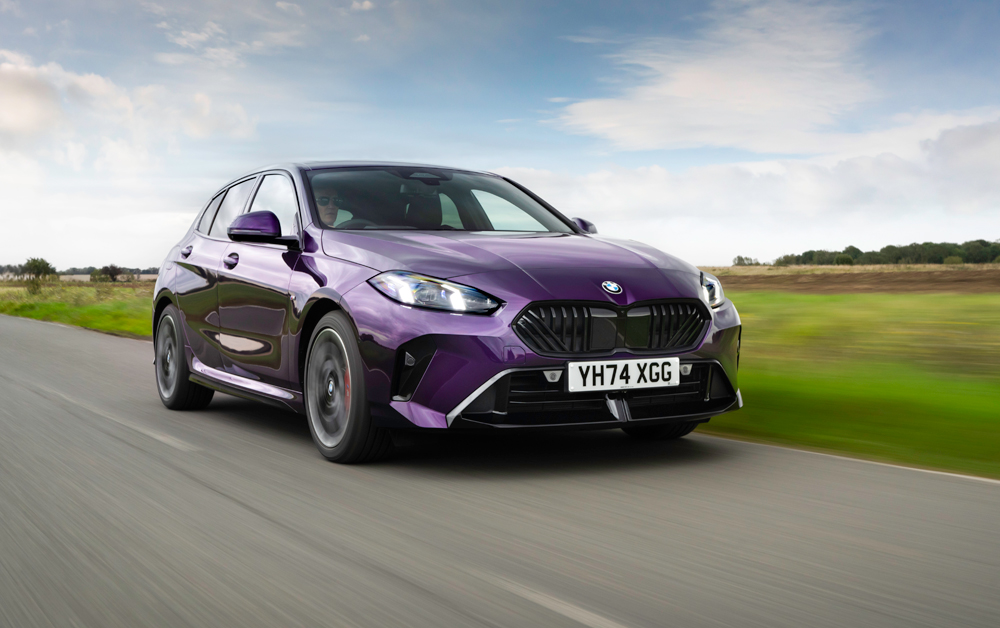
BMW 1 Series
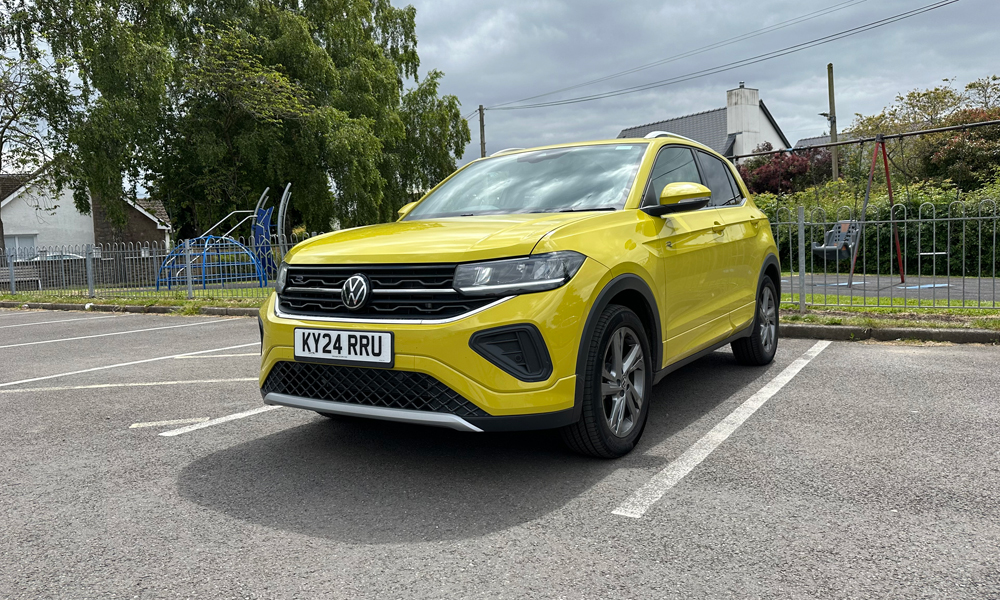
Highlighted Volkswagen T-Cross
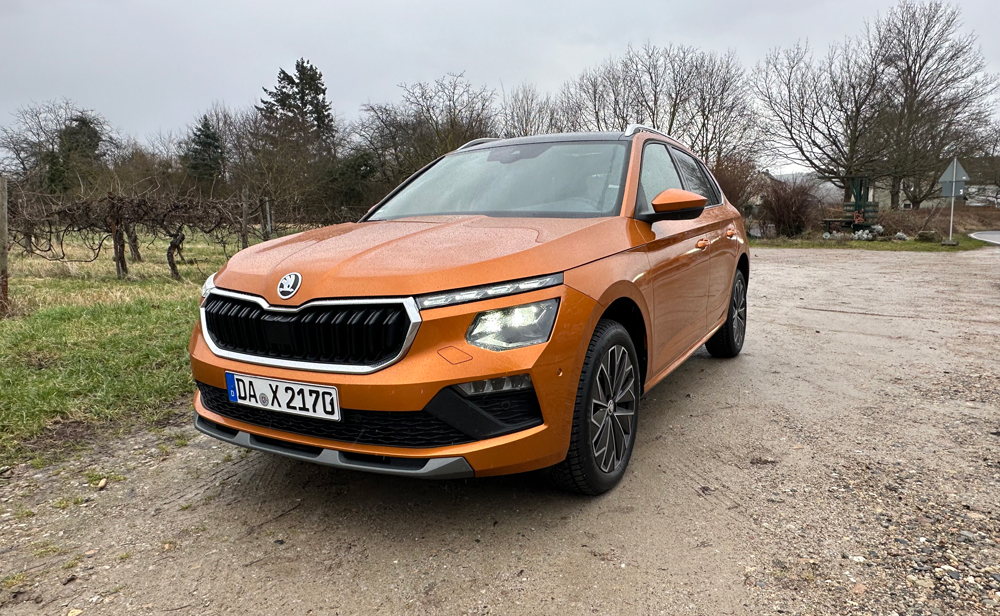
Skoda Kamiq
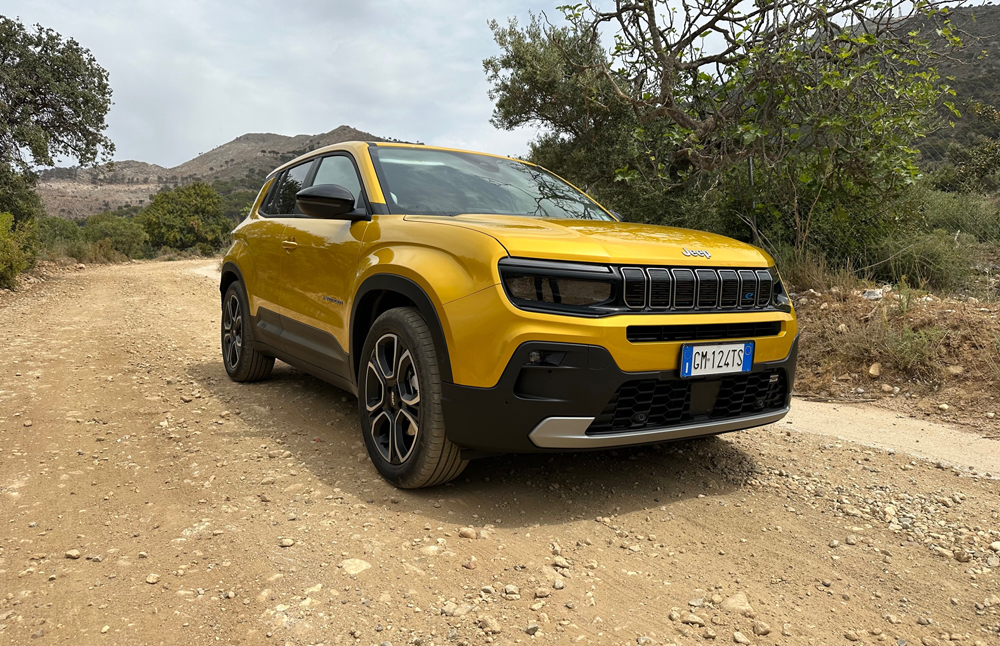
Jeep Avenger
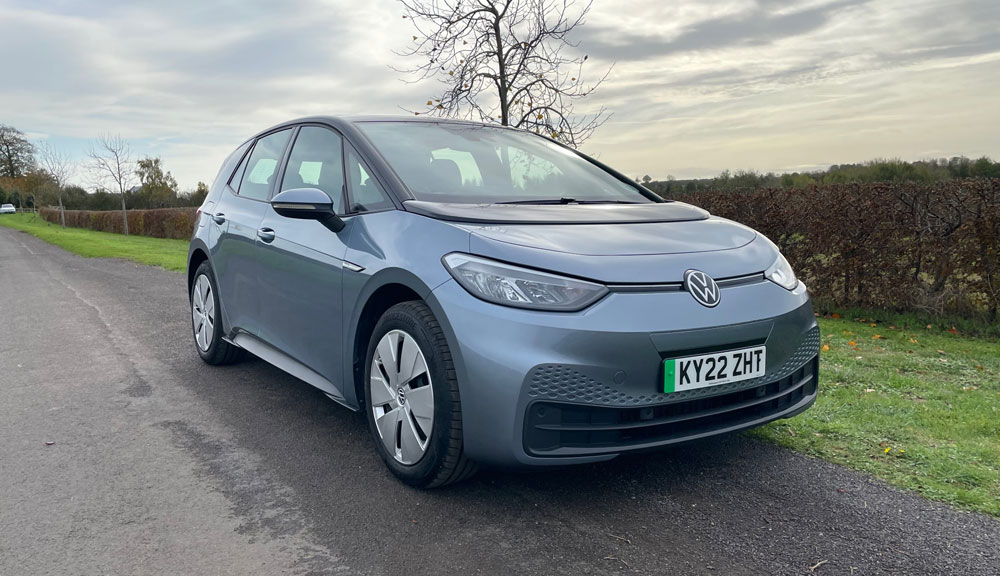
Volkswagen ID.3
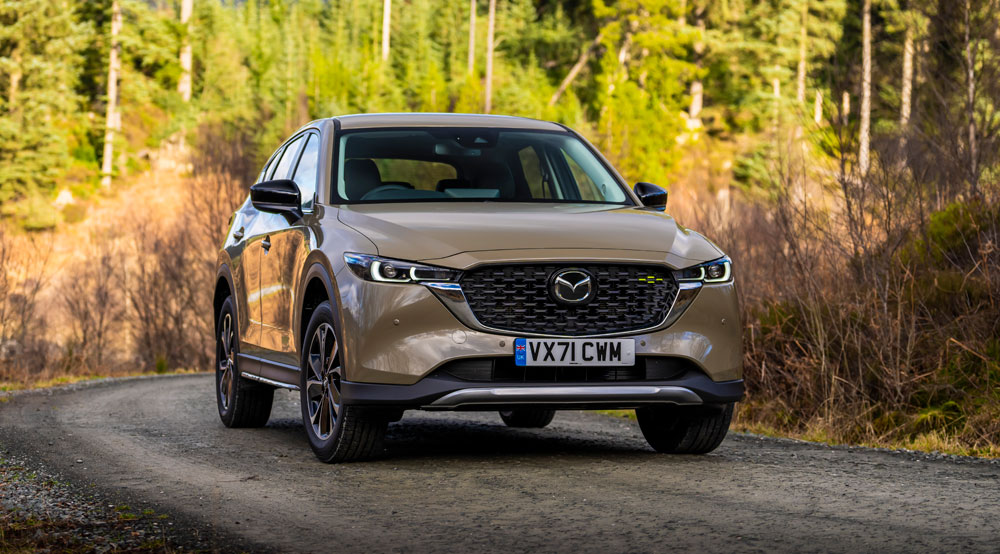
Mazda CX-5
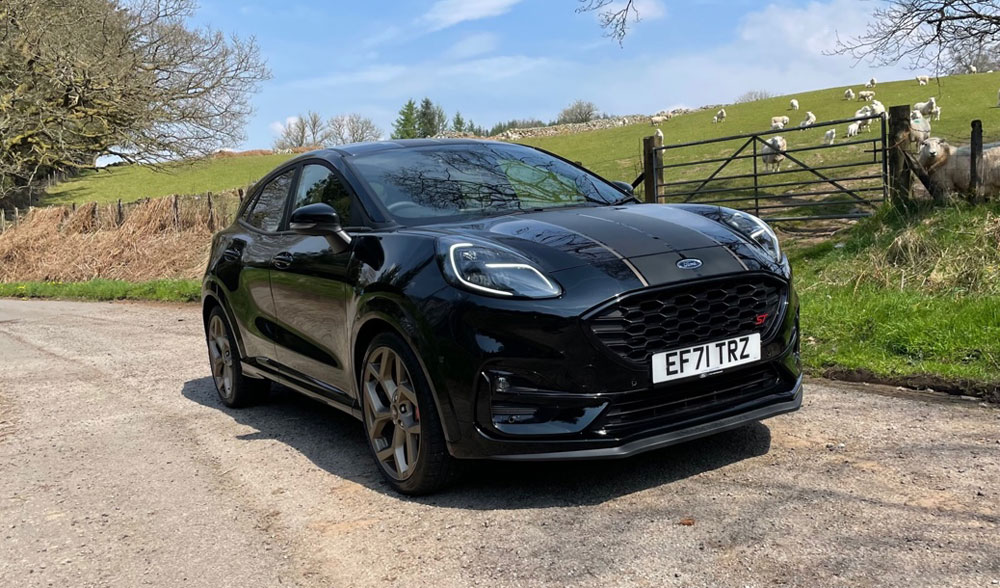
Ford Puma
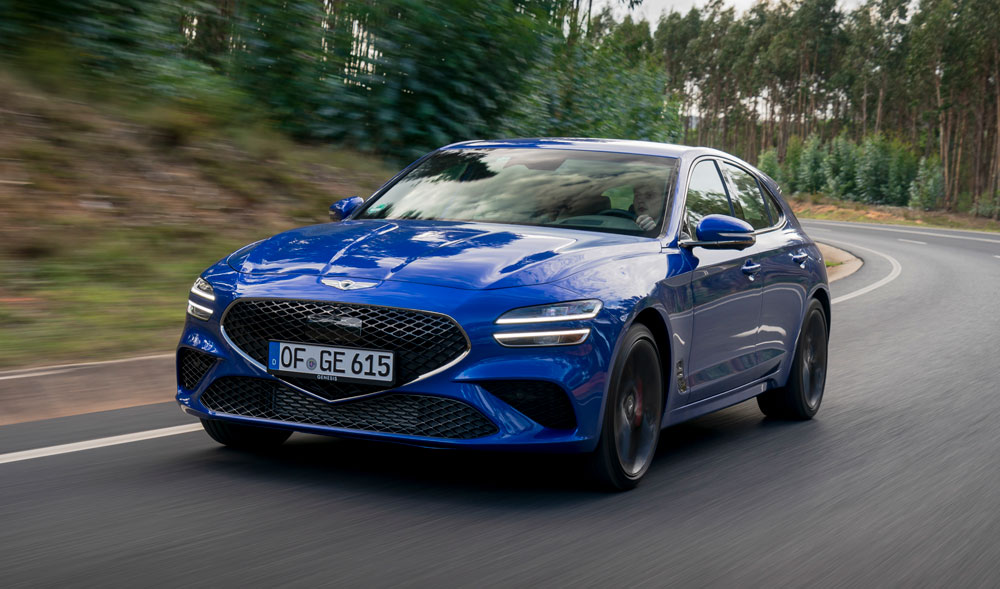
Genesis Highlighted G70 Shooting Brake
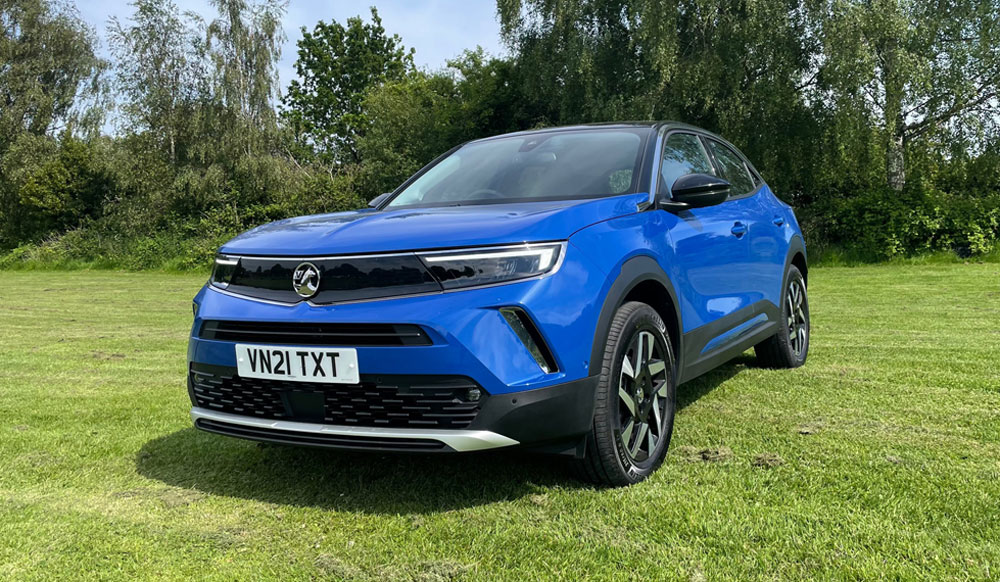
Vauxhall Mokka
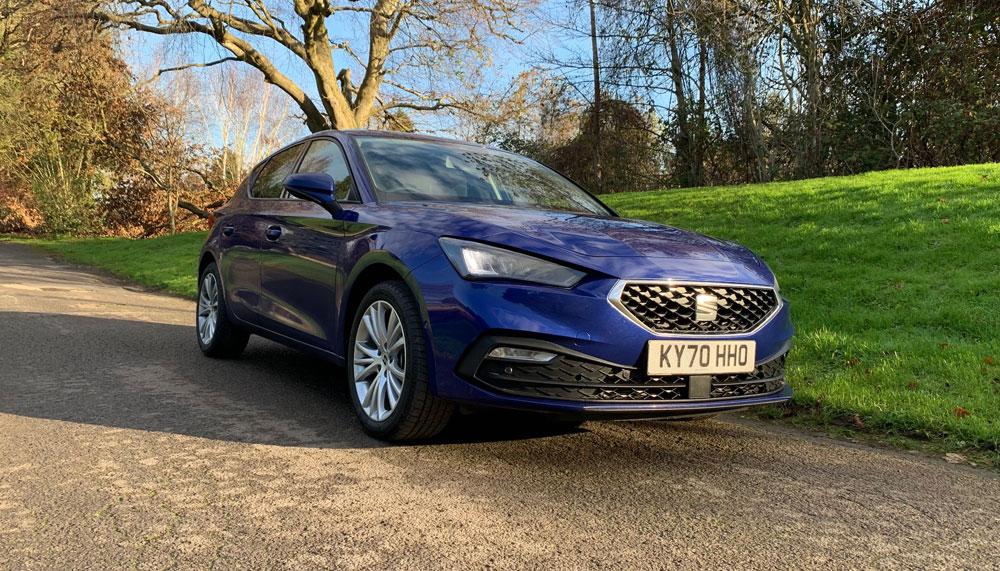
SEAT Leon
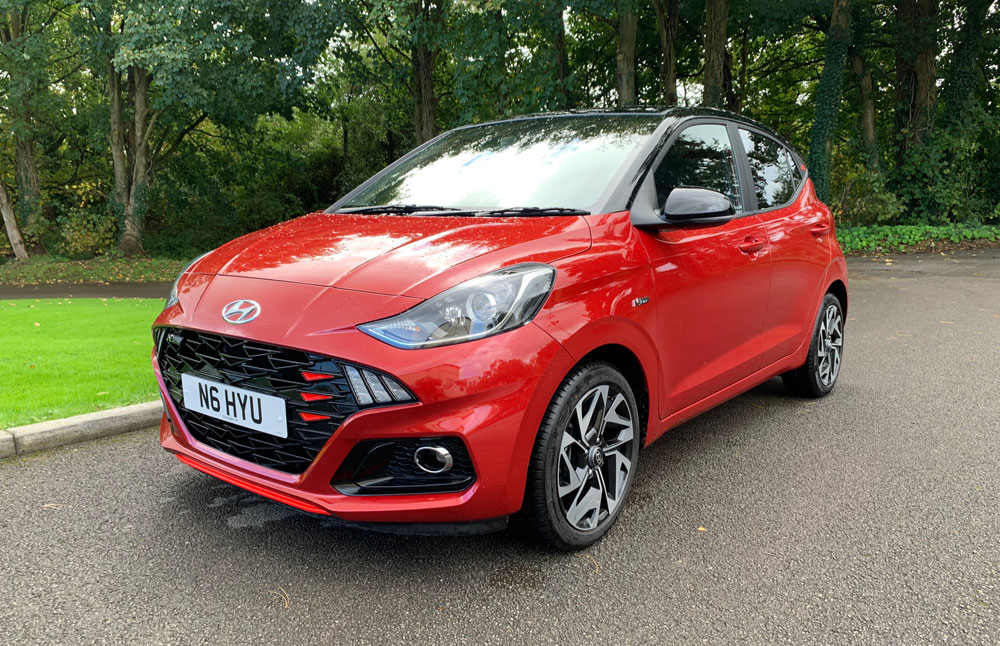
Hyundai i10
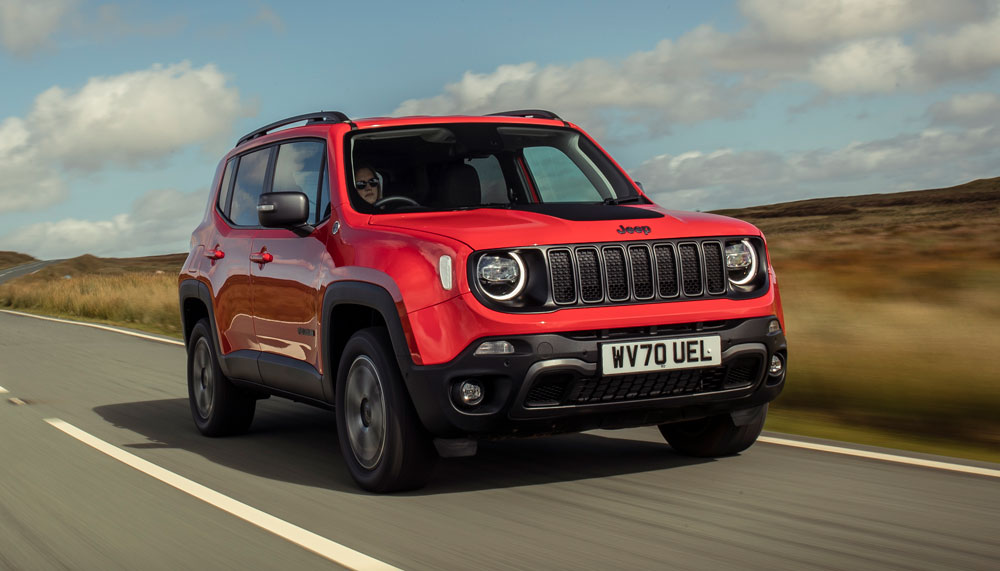
Highlighted Jeep Renegade
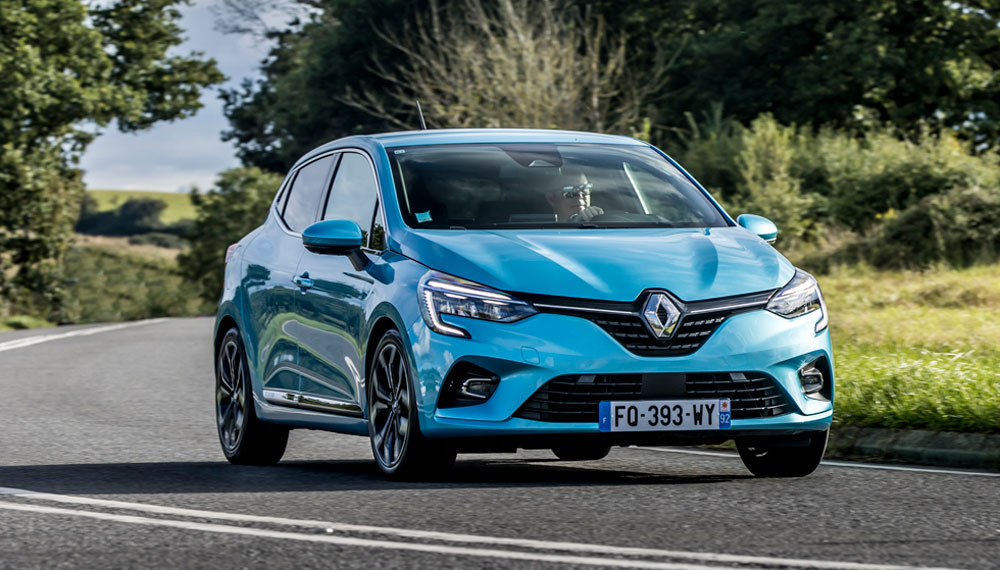
Renault Clio
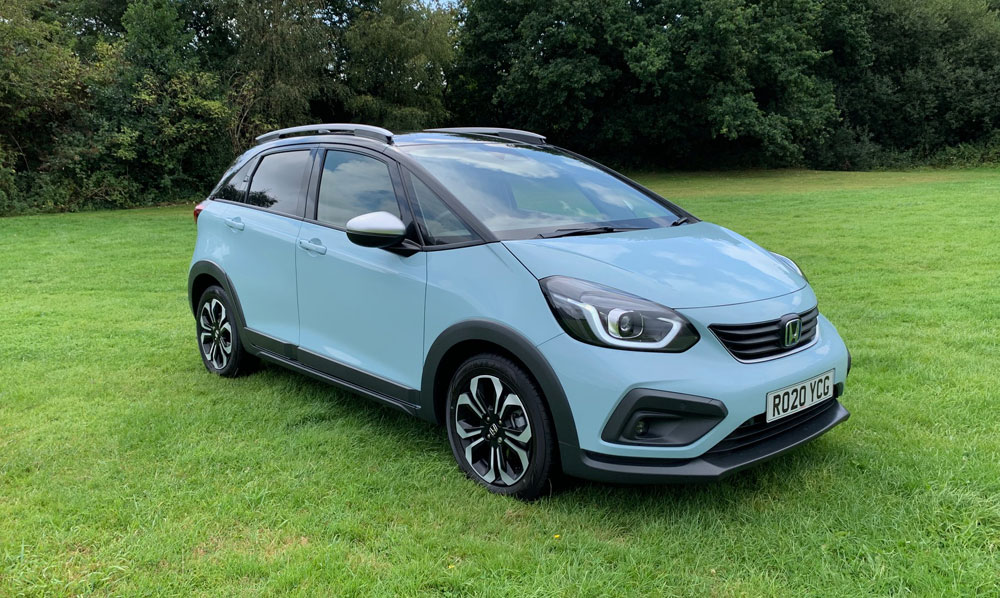
Honda Jazz
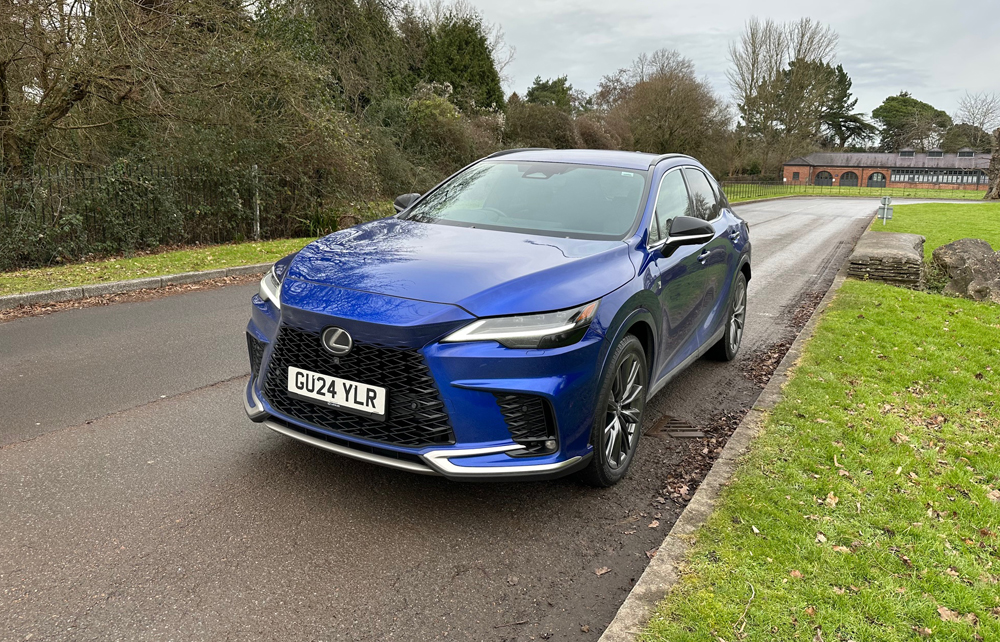
Lexus RX
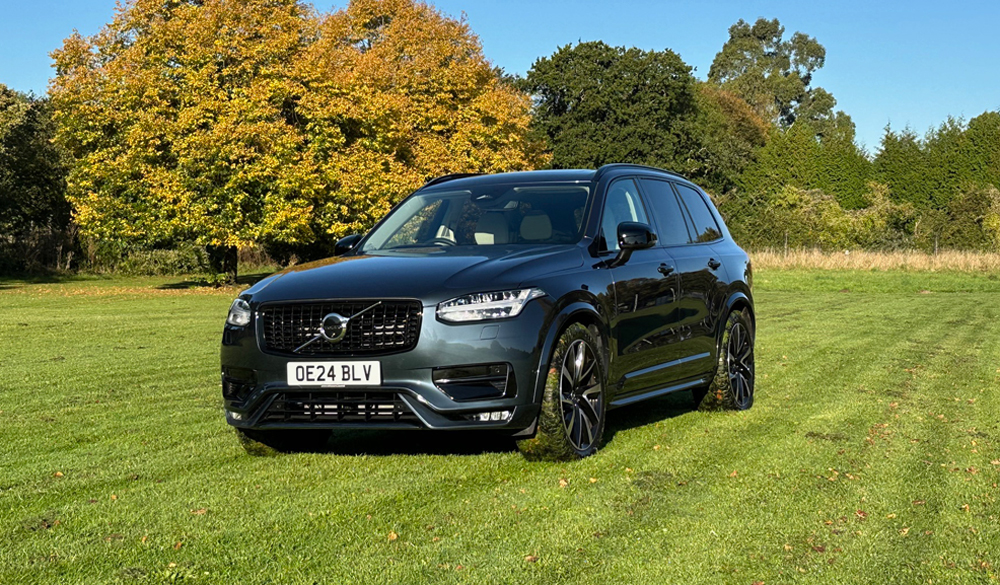
Volvo XC90
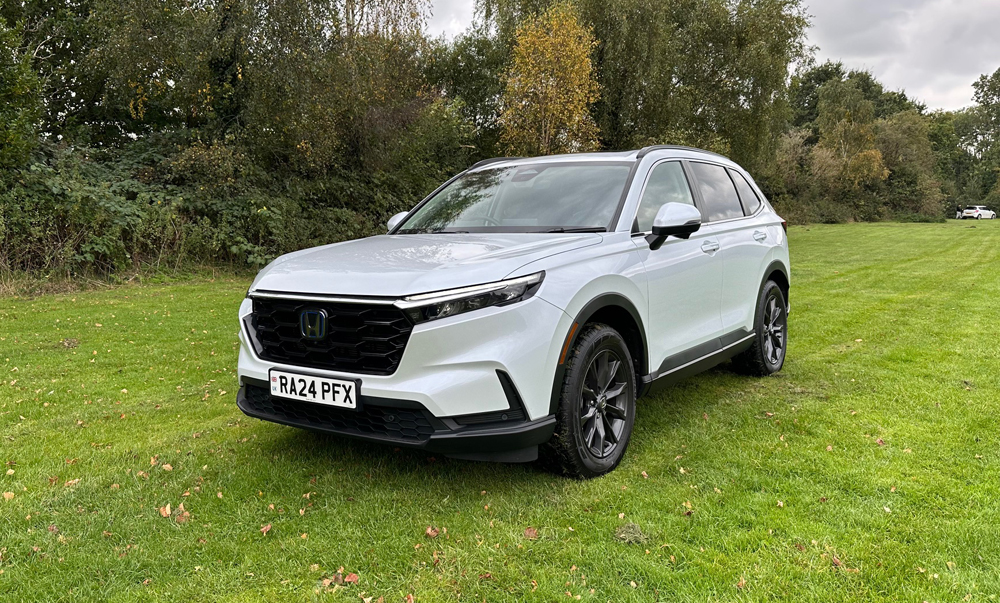
Honda CR-V
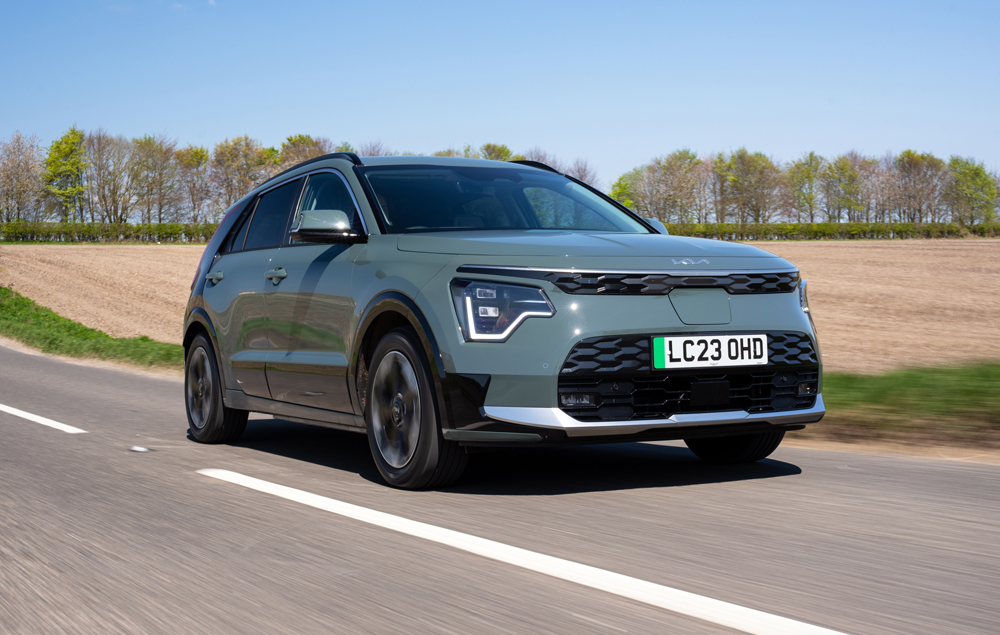
Kia Niro
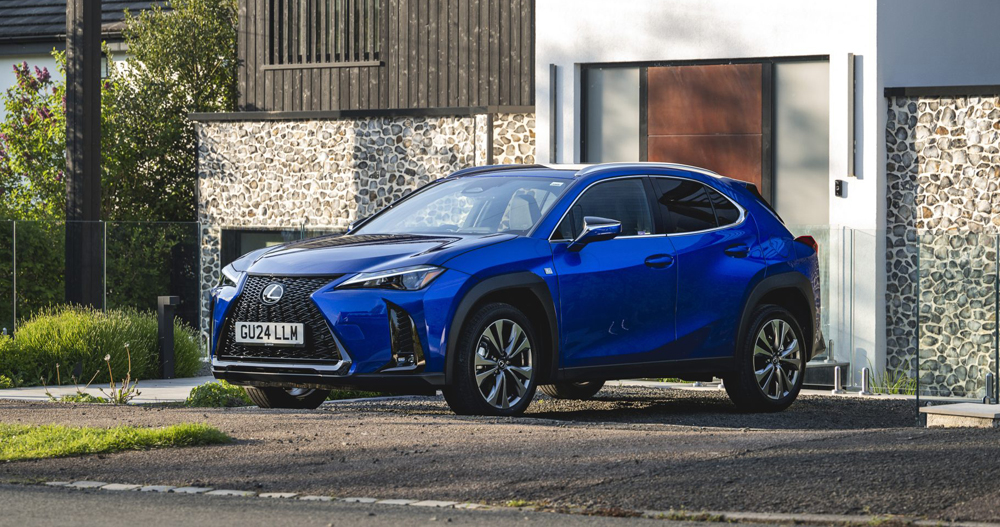
Highlighted Lexus UX
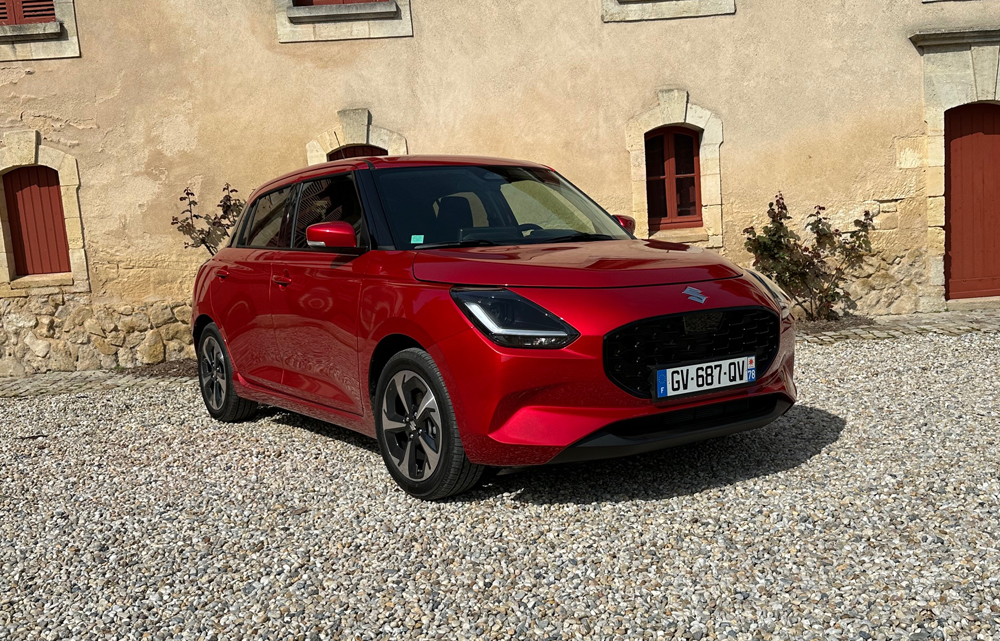
Highlighted Suzuki Swift
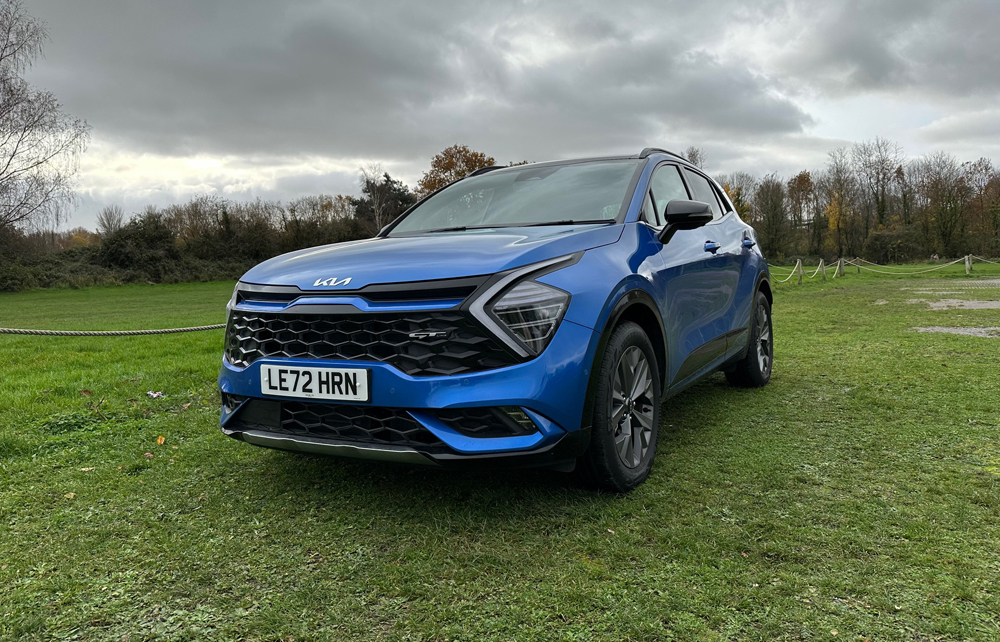
Kia Sportage
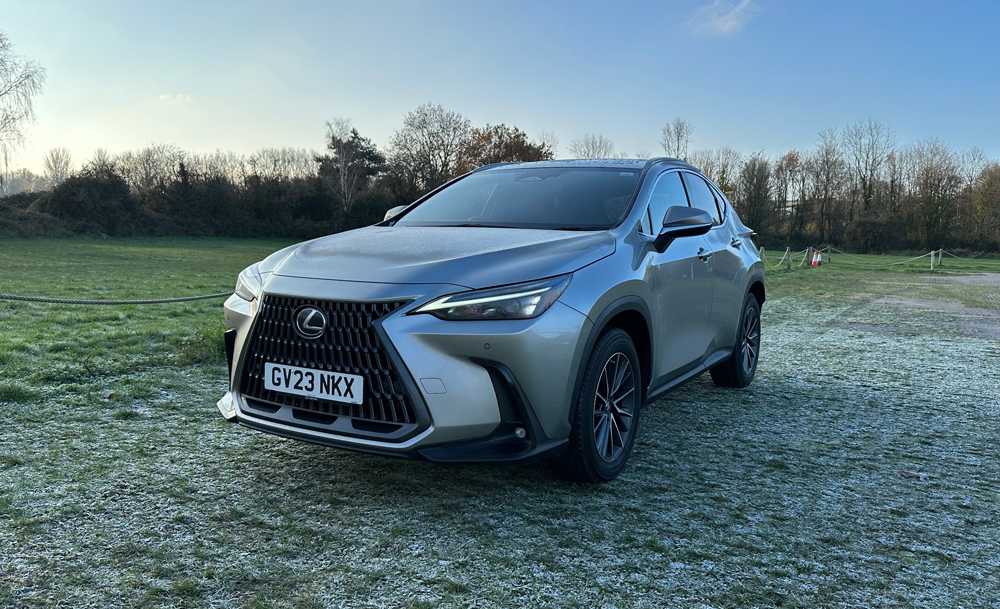
Lexus NX
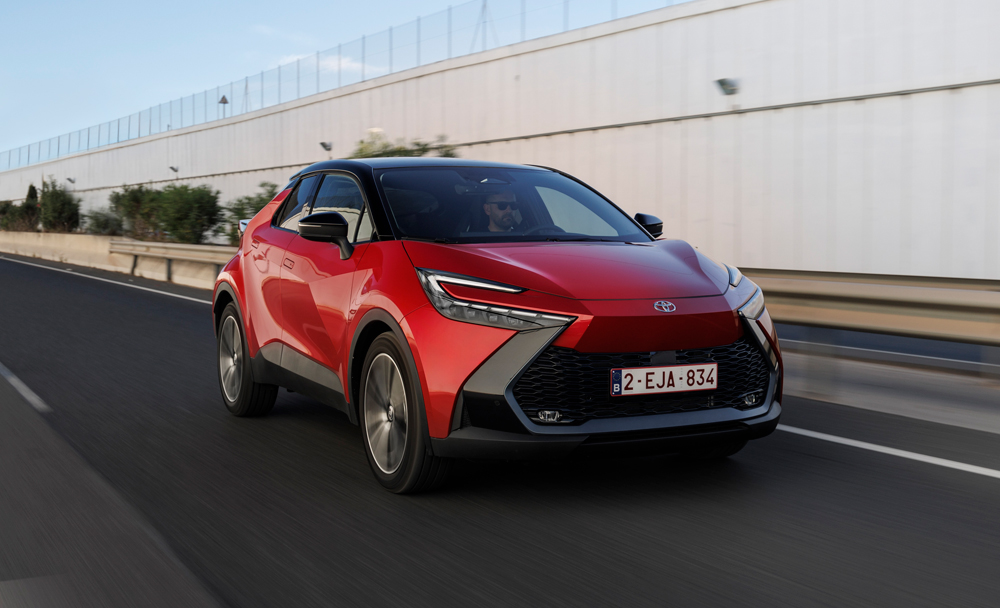
Toyota C-HR
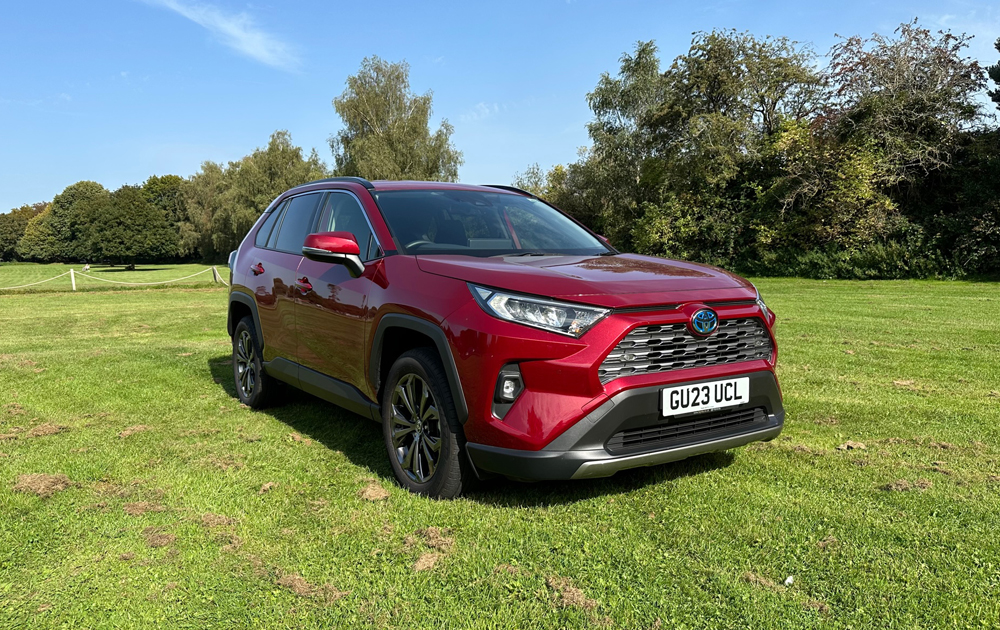
Highlighted Toyota RAV4
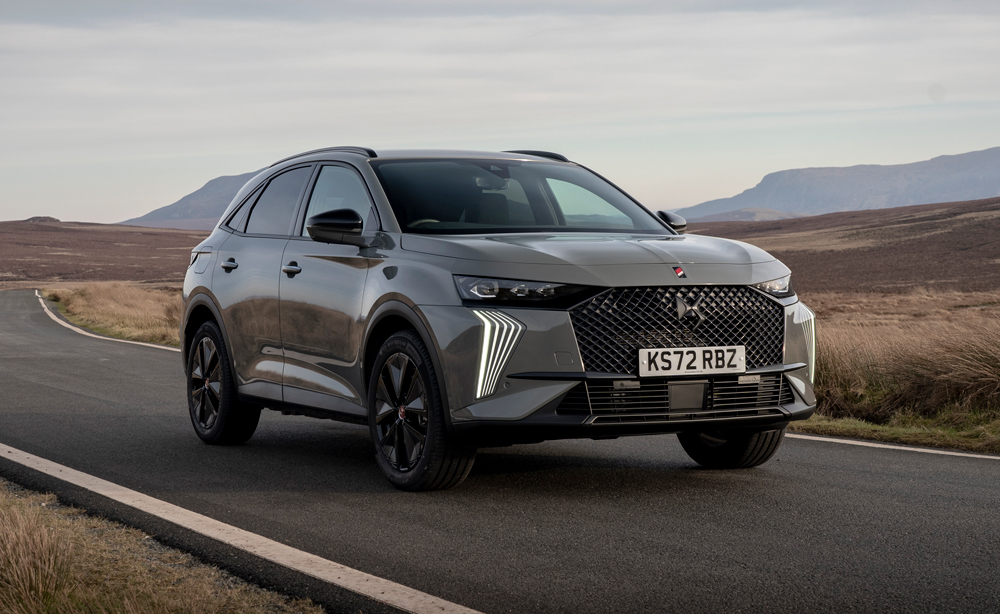
DS Highlighted DS 7
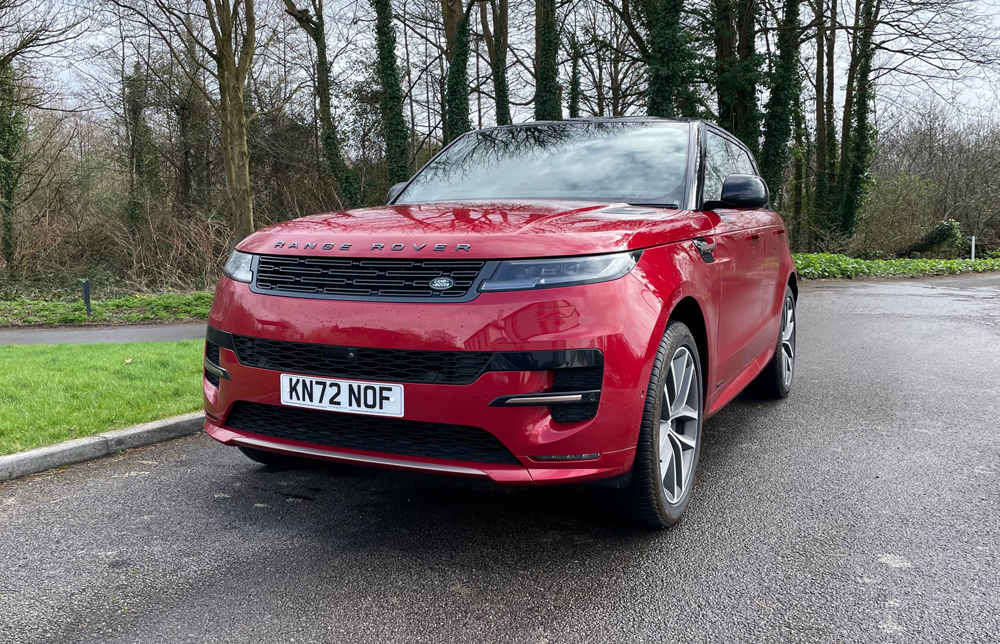
Land Rover Range Rover Sport
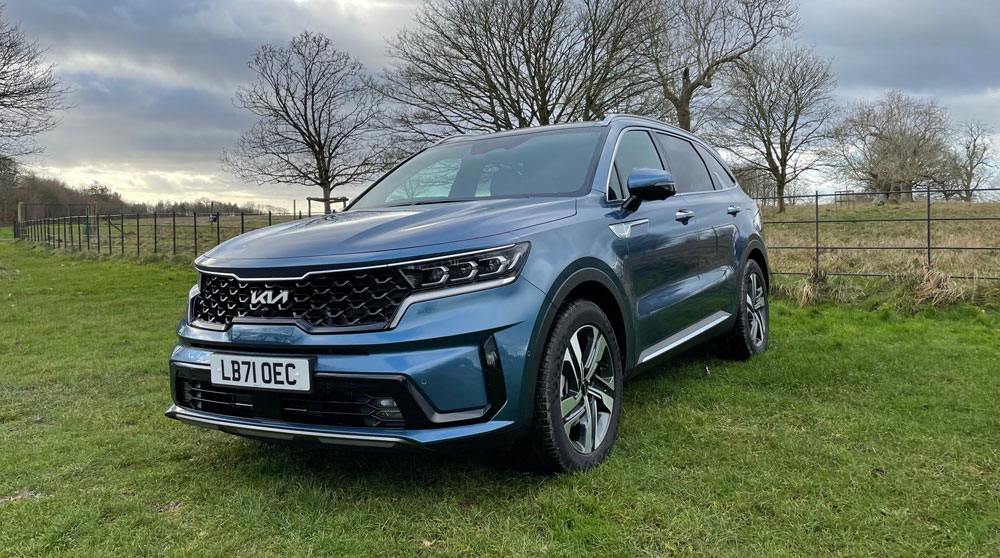
Kia Sorento
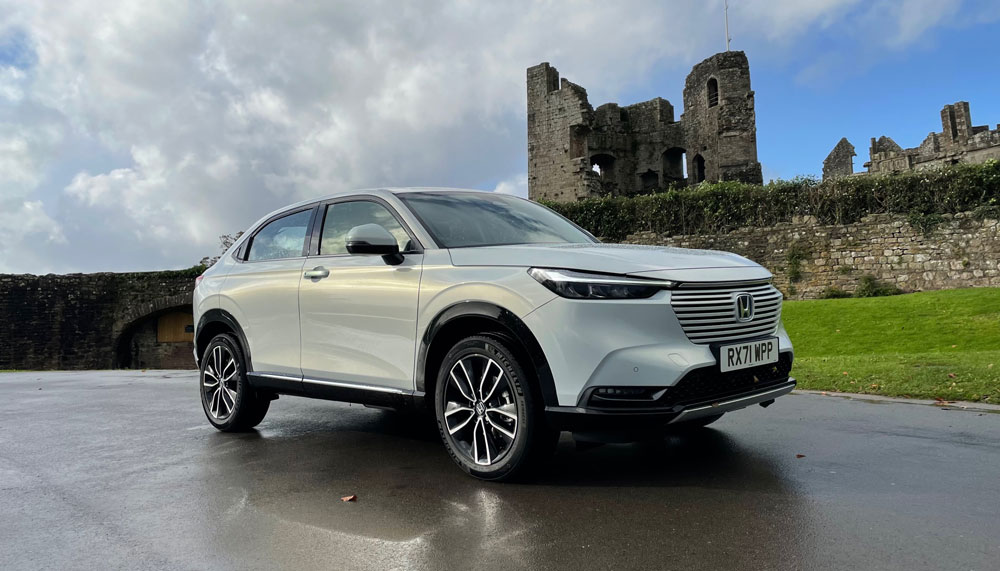
Honda HR-V
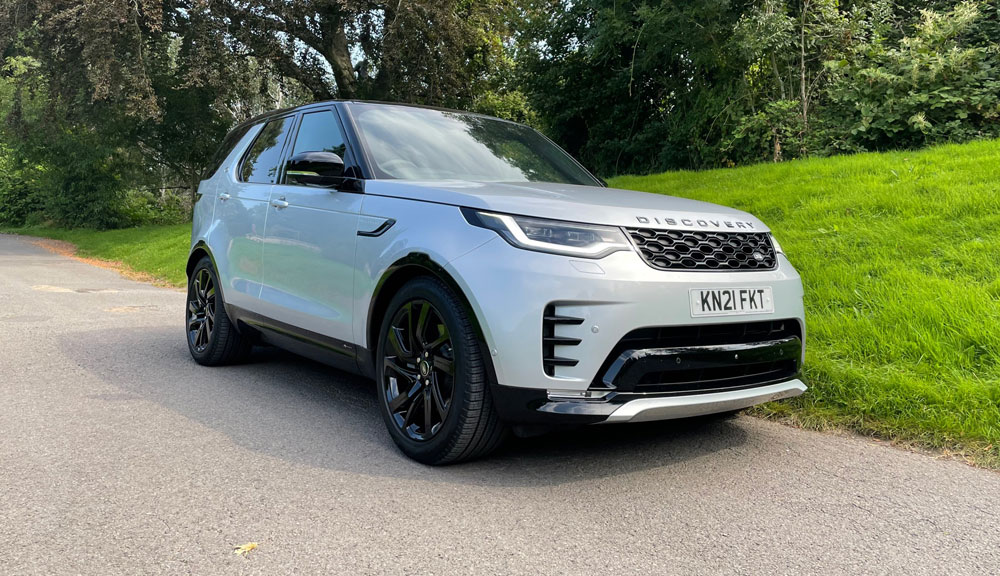
Land Rover Discovery
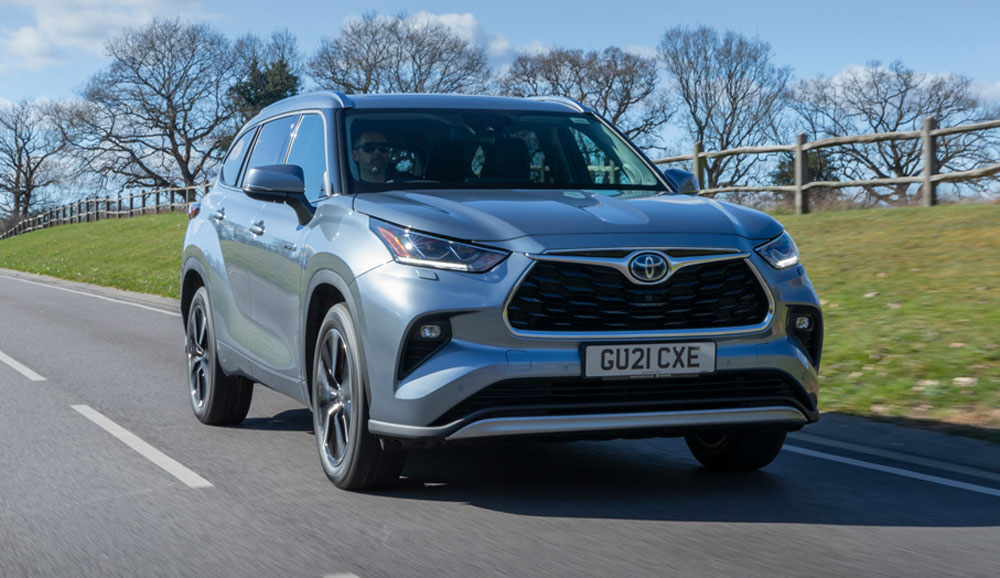
Toyota Highlander

Highlighted Suzuki Swift
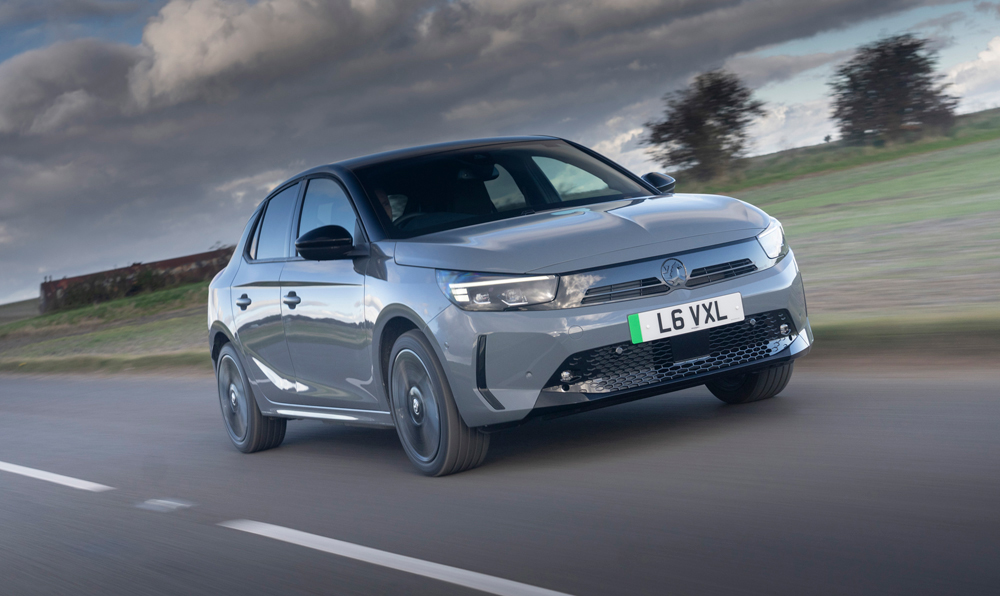
Vauxhall Corsa
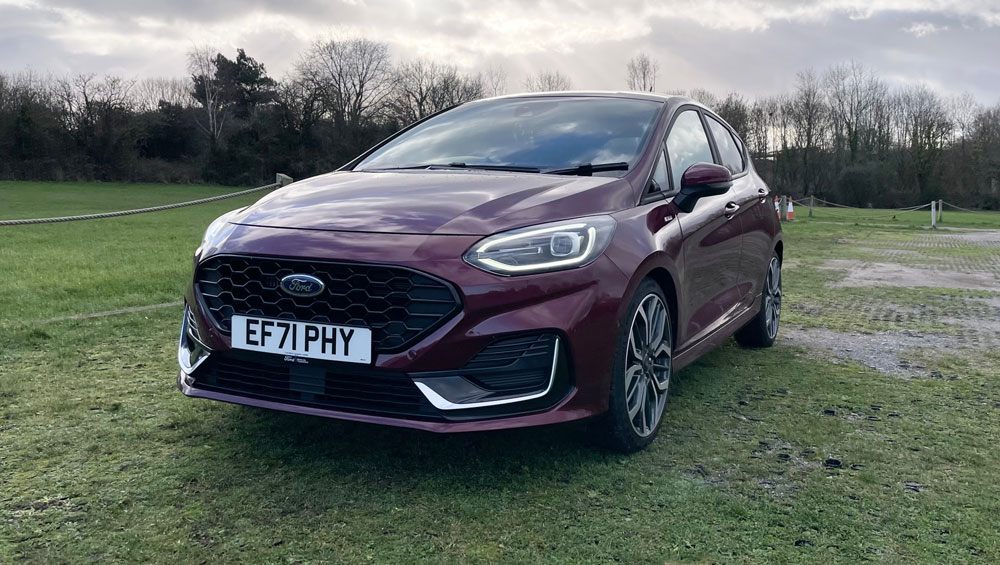
Ford Fiesta
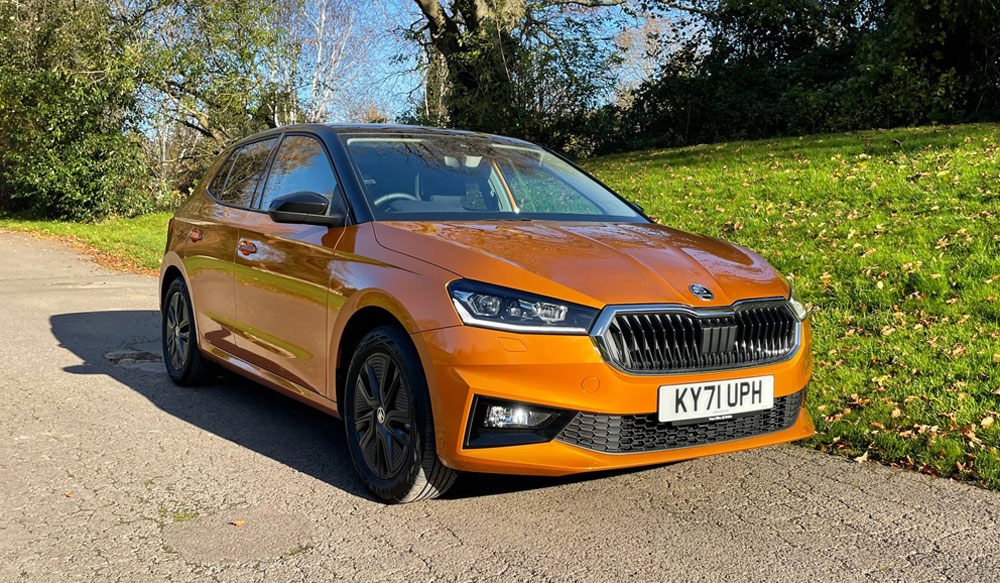
Skoda Fabia

Renault Clio
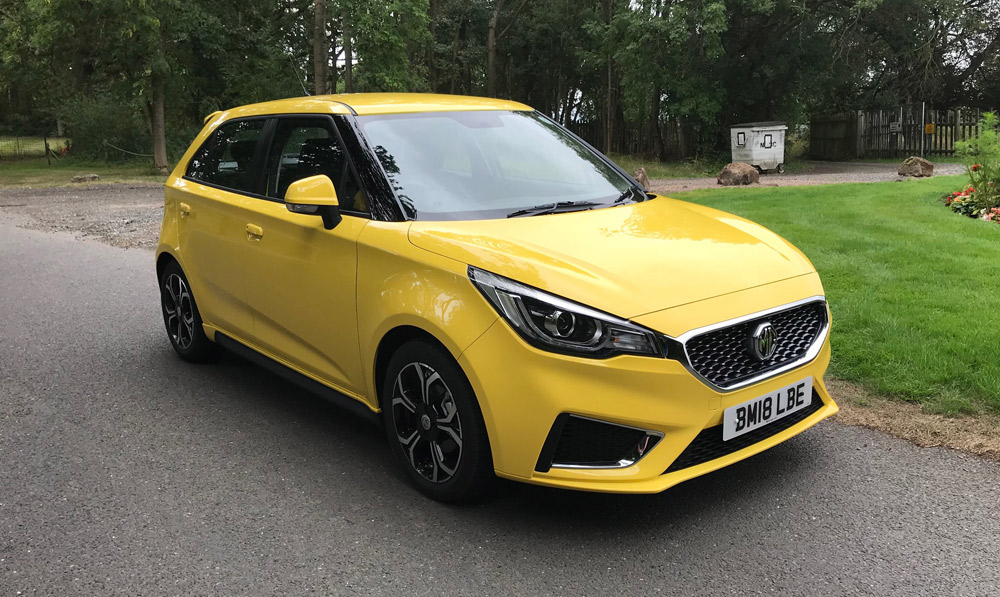
Highlighted MG MG3
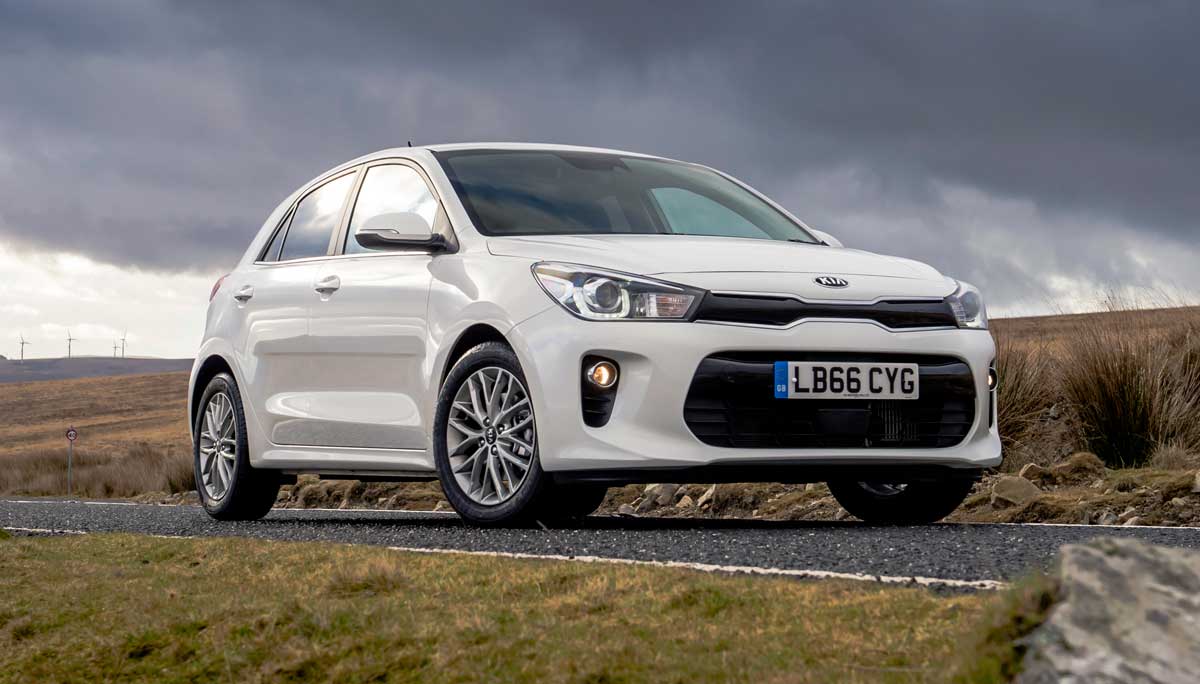
Kia Rio
